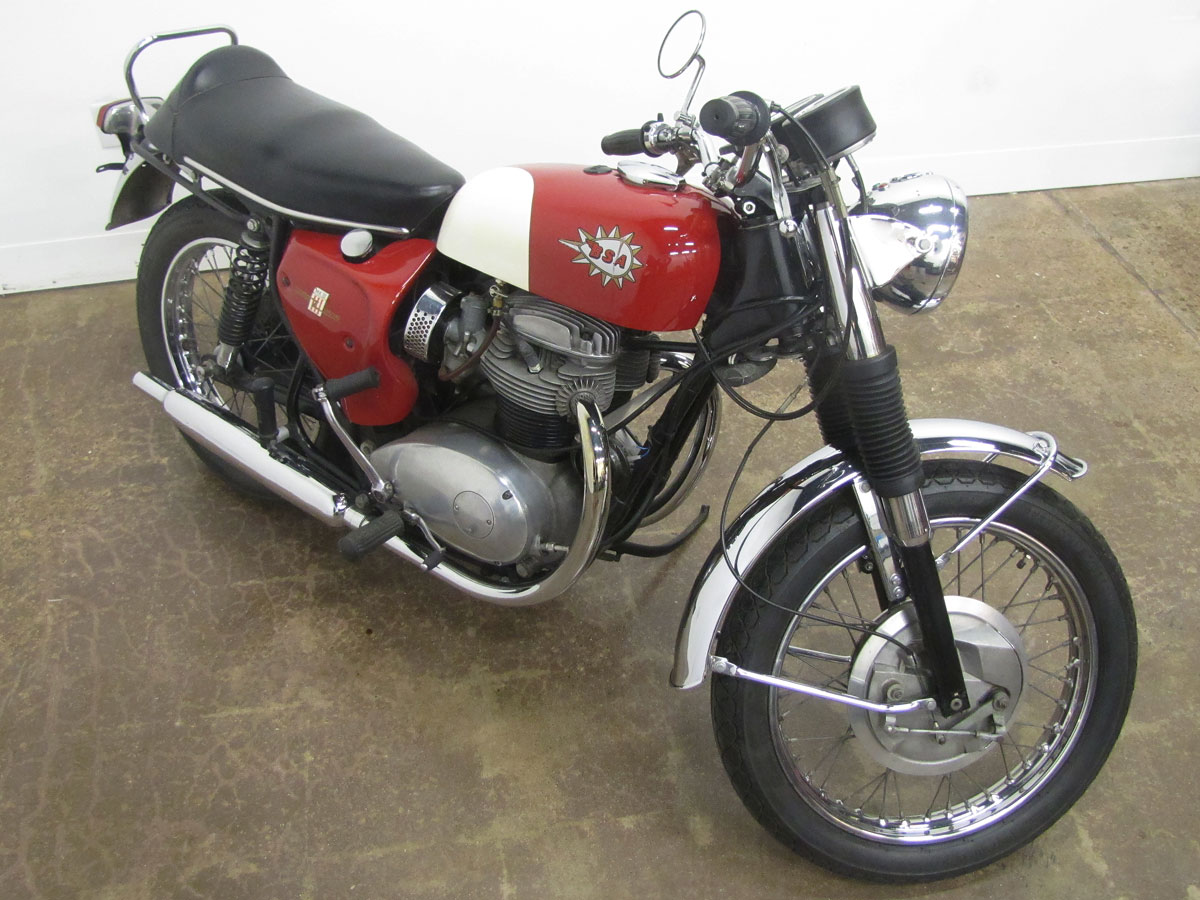
Looking back, British motorcycles were at a peak around 1967. The Triumph Bonneville never looked or ran better, and BSA had refined their unit construction A65 650 twins to sell well in the American market. Soon Norton would release the new Commando. Triumph and BSA offered production racers for dirt track competition; BSA the high or low pipe Hornet, Triumph, the TT Special. Both were track-ready with open exhausts, no lighting and numerous factory race kit parts were available and the racing was good.
One notch down from the Hornet was the street legal Spitfire which arrived in 1966 and also used the two gallon fiberglass fuel tank and side-covers of the Hornet. Manufactured from 1966 – 1968, it had classic BSA styling. Initially at 10.5 :1 compression ratio, running Amal GP carburetors and new 12 volt electrics, the Spitfire would run almost 120mph and was BSA’s fastest production motorcycle to date. BSA A65s in various factory spec found their way to dirt track, hillclimb, drag race and road racing competition.
The first Spitfire models were more competition oriented and used Amal GP carburetors. Many customers switched to Amal Concentrics for easier starting and smoother around town running. BSA made the switch to Concentrics for the 1967 model year, also dropping velocity stacks in favor of individual chrome air cleaners that improved engine life. Aluminum hand controls were also added in 1967 and the voltage regulating Zener diode was relocated to improve its cooling. In 1968 a larger twin leading shoe front brake was introduced. For 1968 the Spitfire was rated at 53bhp for its 654cc engine compared to 60HP for the new 740cc BSA Rocket III; Honda’s soon to be released CB750, 736 cc’s, was rated at 67HP. The BSA factory entered at least one specially prepped Spitfire for the 1968 Isle of Man TT. Timed at over 132 miles per hour on a fast section of the course, it finished third.
When you visit the National Motorcycle Museum you can view a number of BSAs including this Spitfire, an early Rocket III, the recently featured BSA Bantam and several Gold Stars in dirt track and road race trim plus a rare BSA Y-13 v-twin.
Specifications
- Engine: Four-Stroke Parallel Twin
- Type: OHV, 360 Degree Crankshaft
- Bore & Stroke: 75mm x 74mm
- Displacement: 654cc’s
- Lubrication: Dry Sump
- Carburetors: Amal Concentric 932’s
- Electrics/Ignition: 12 Volt, Alternator/Coil, Points
- Compression Ratio: 9 : 1
- Starting: Kick
- Primary: Chain Driven
- Transmission: 4-Speed
- Clutch: Multi-plate
- Final Drive: Chain
- Horsepower: 53HP
- Frame: Tubular Steel, Double Cradle
- Suspension: Telescopic Fork / Swingarm, Shocks
- Wheels/Tires: 3.25 x 19 / 4.00 x 18
- Brakes: 8” Double Leading Shoe / 7” SLS Rear
- Wheelbase: 56 Inches
- Weight: 408 Pounds
- Top Speed: 120 MPH
Leave a Reply
Want to join the discussion?Feel free to contribute!

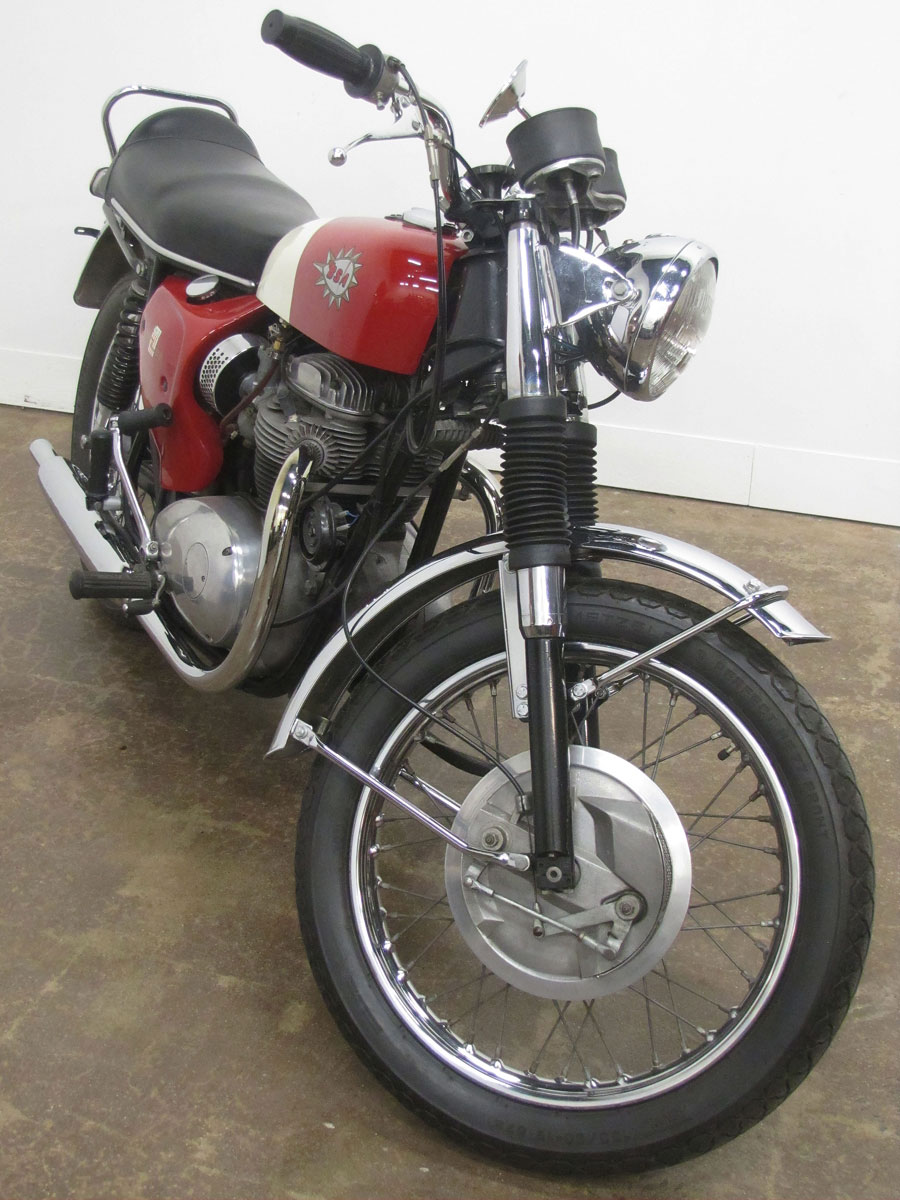
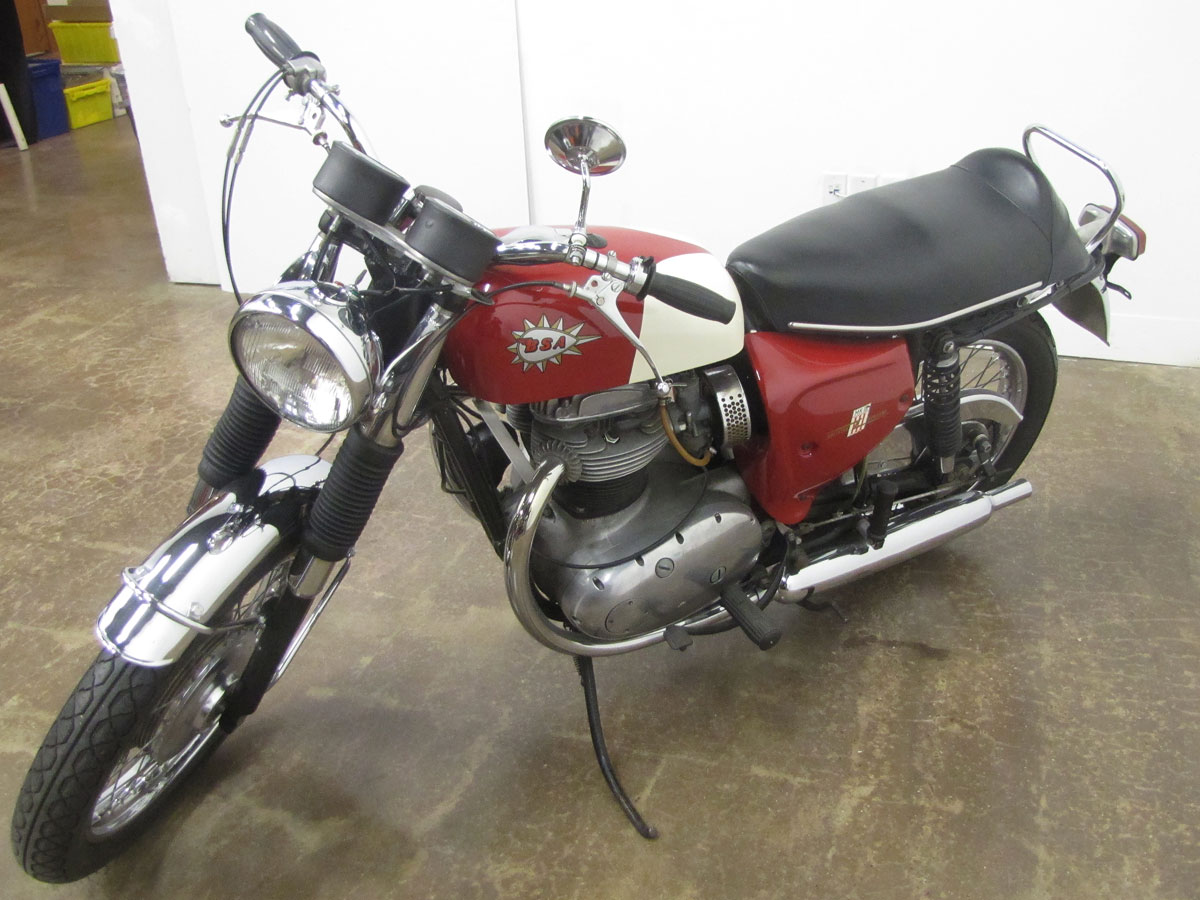
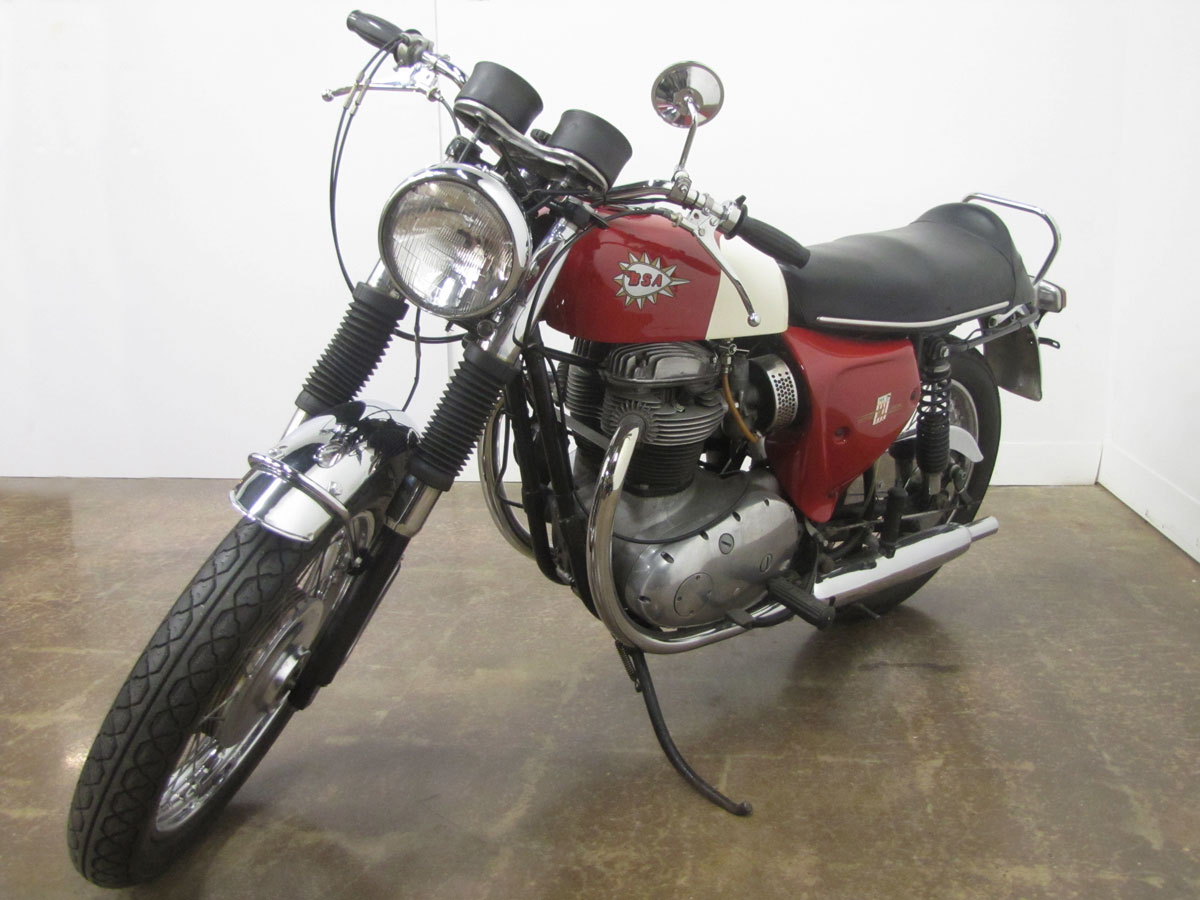
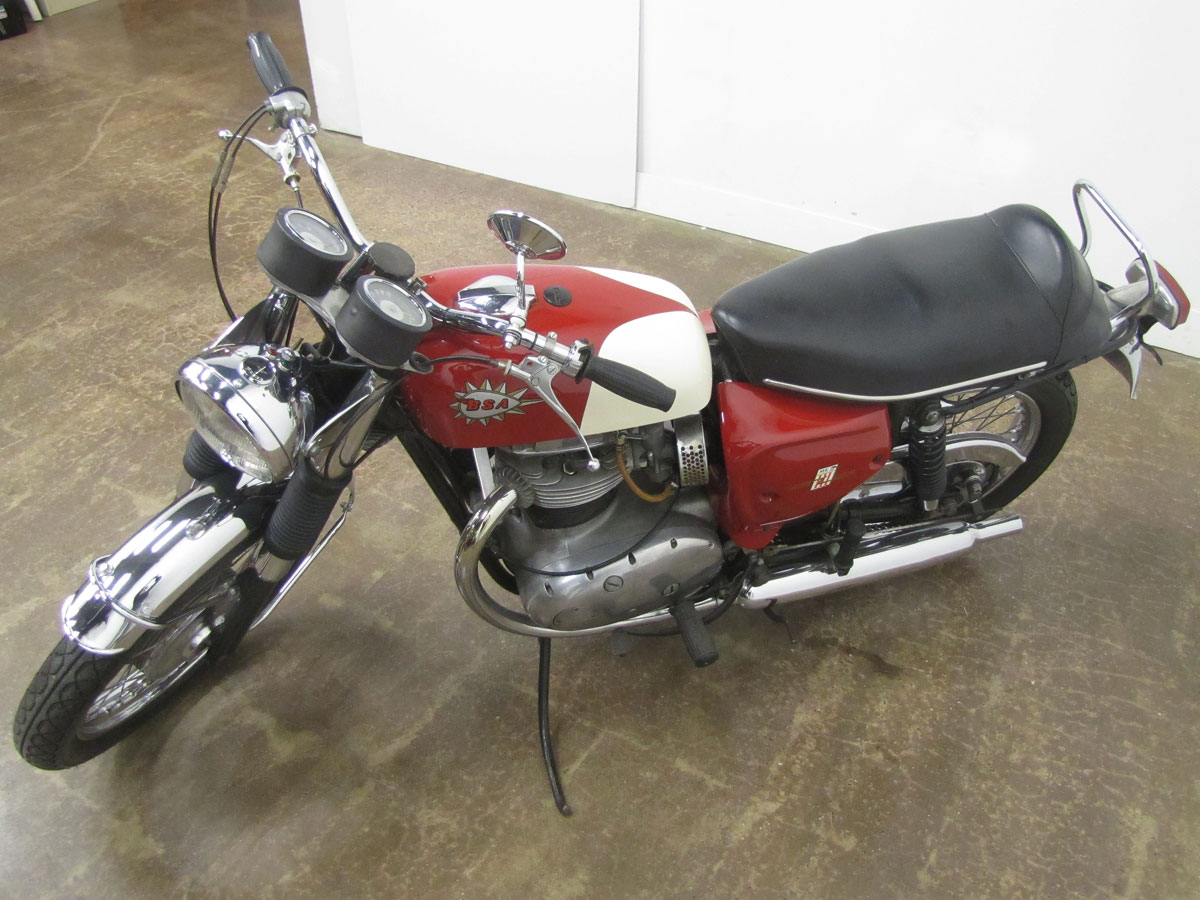
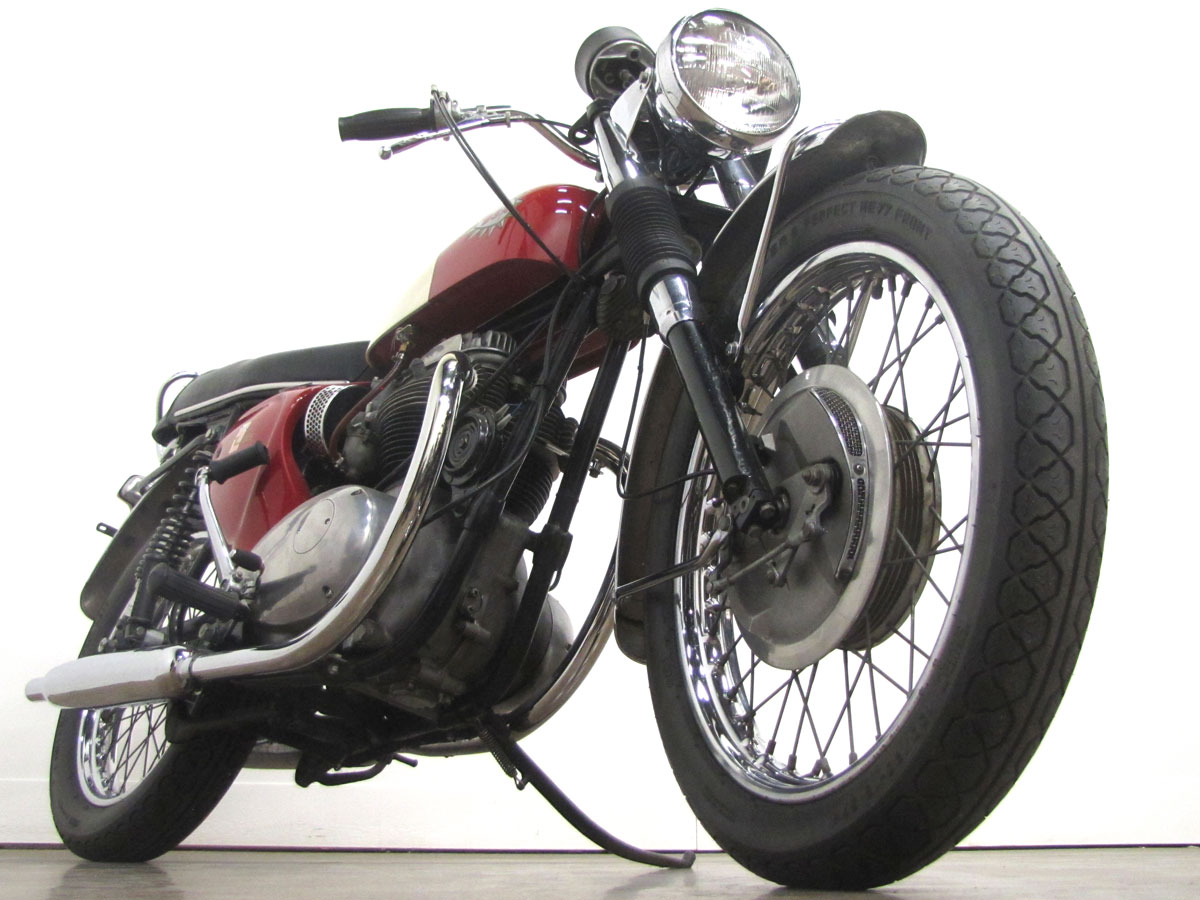
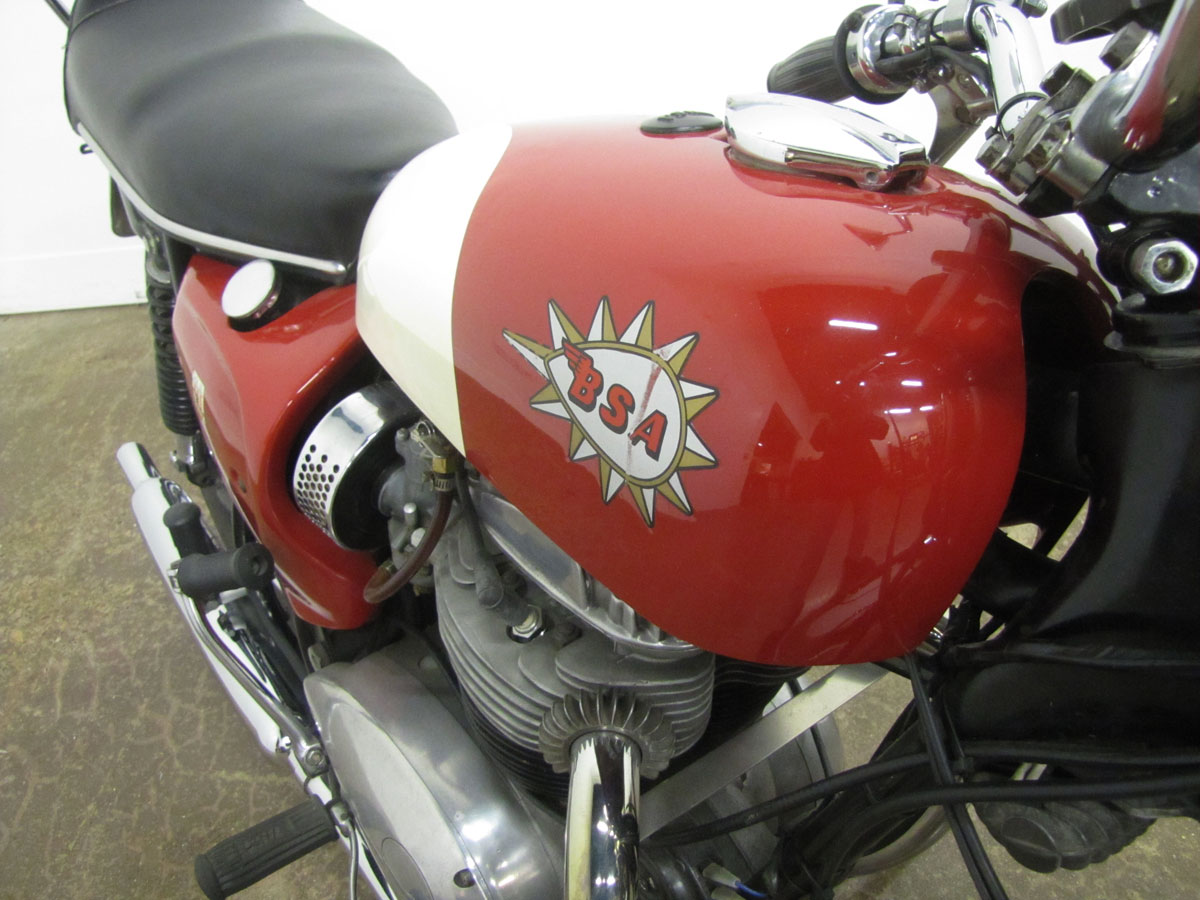
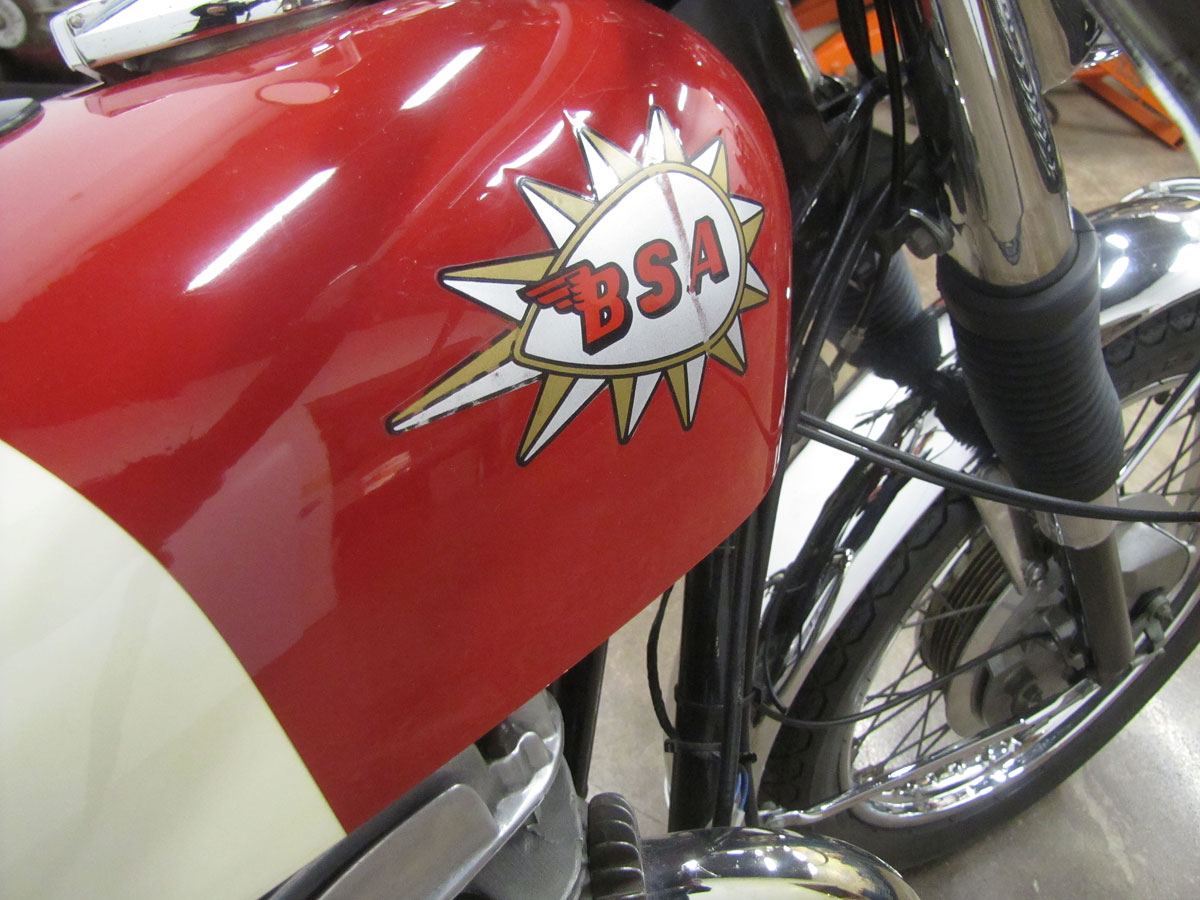

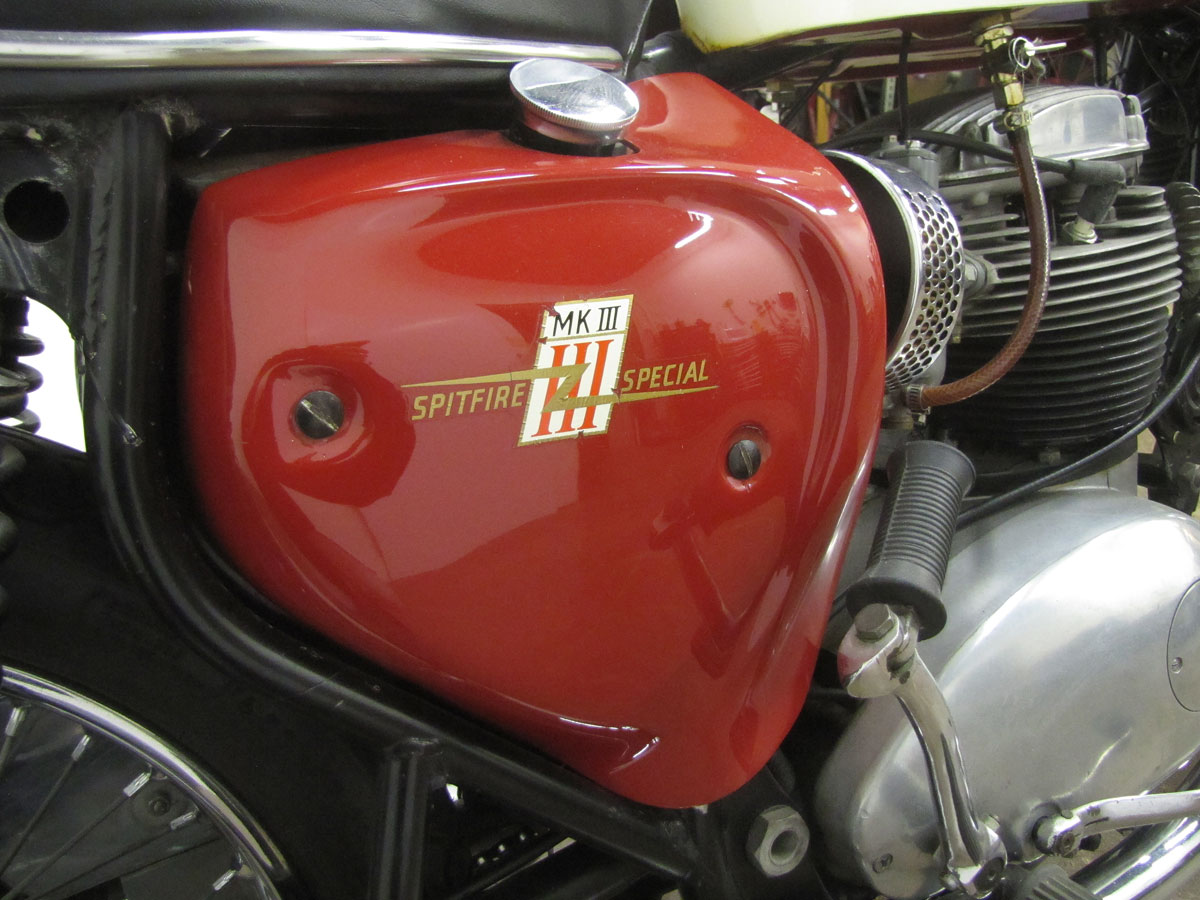
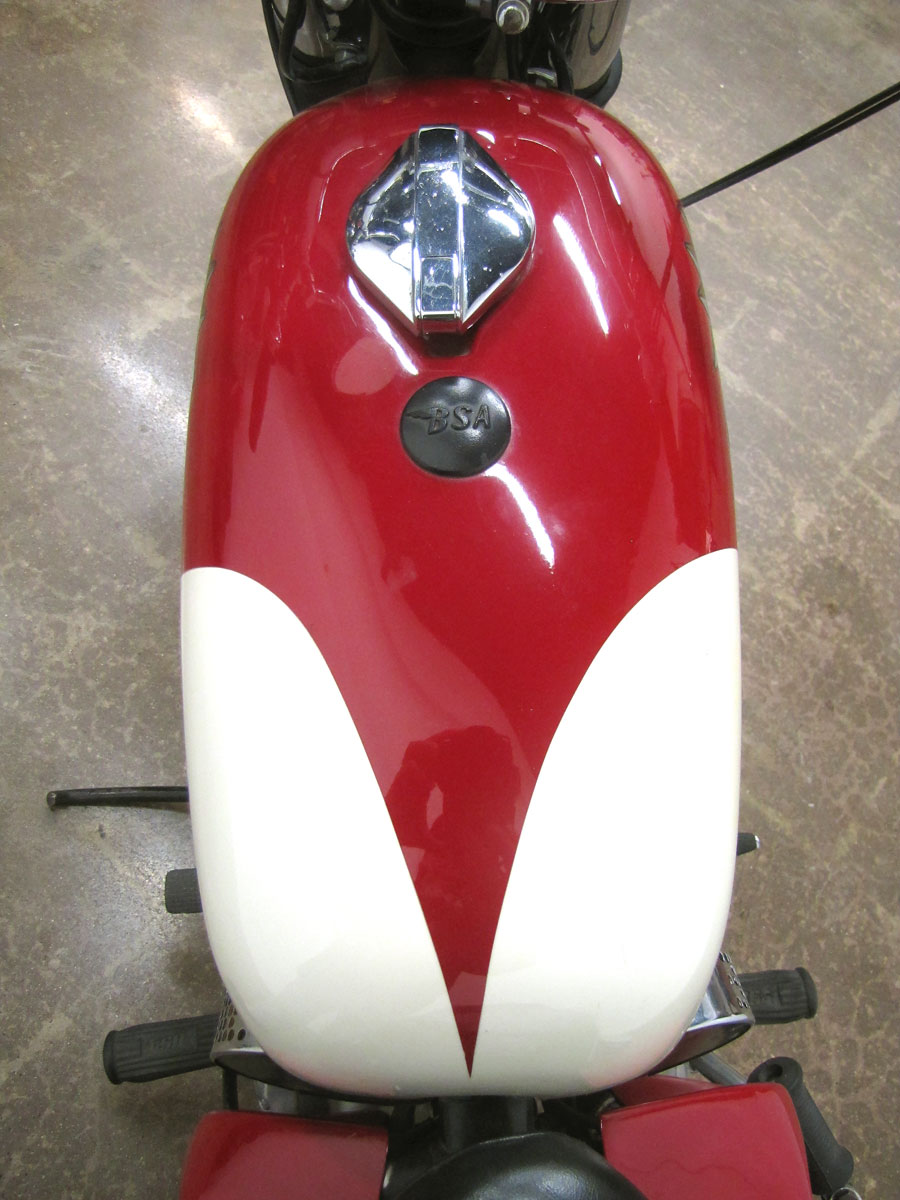
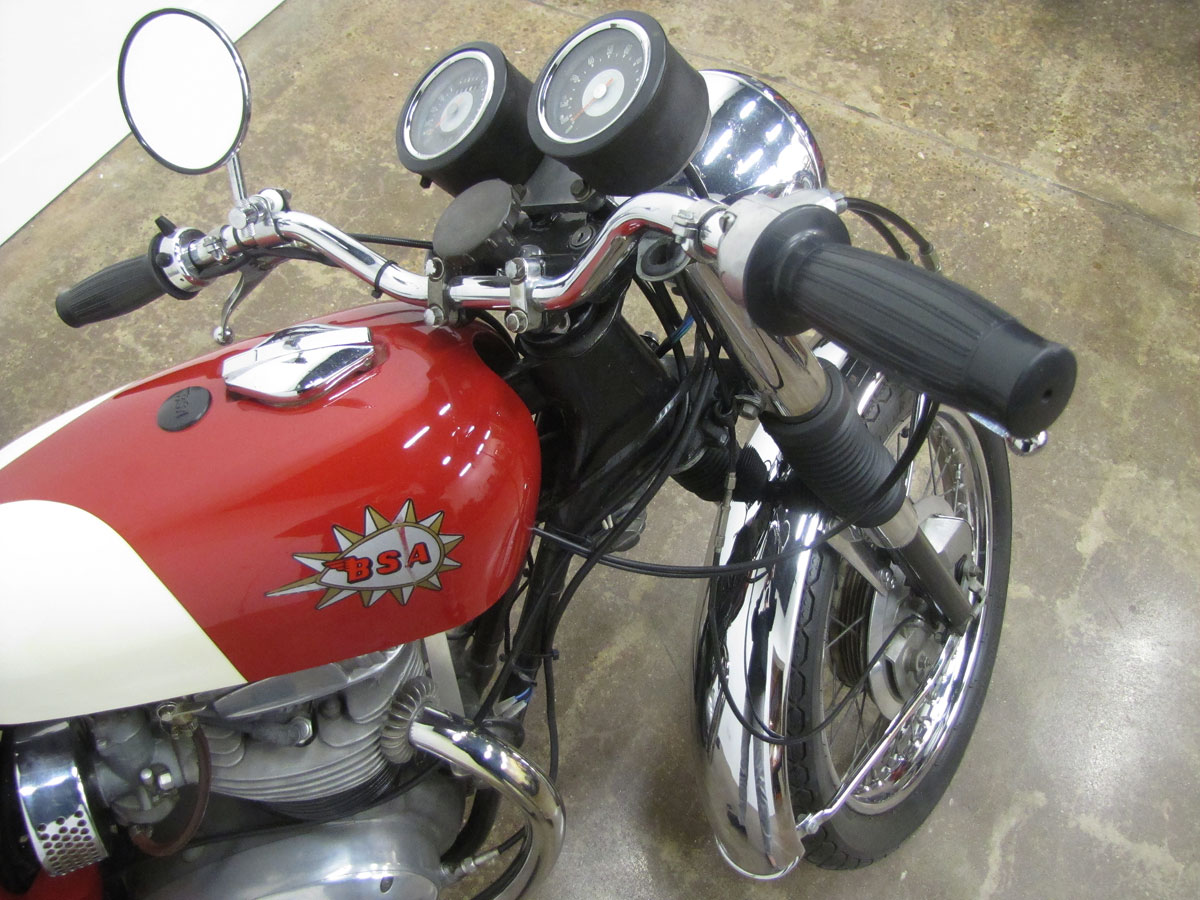
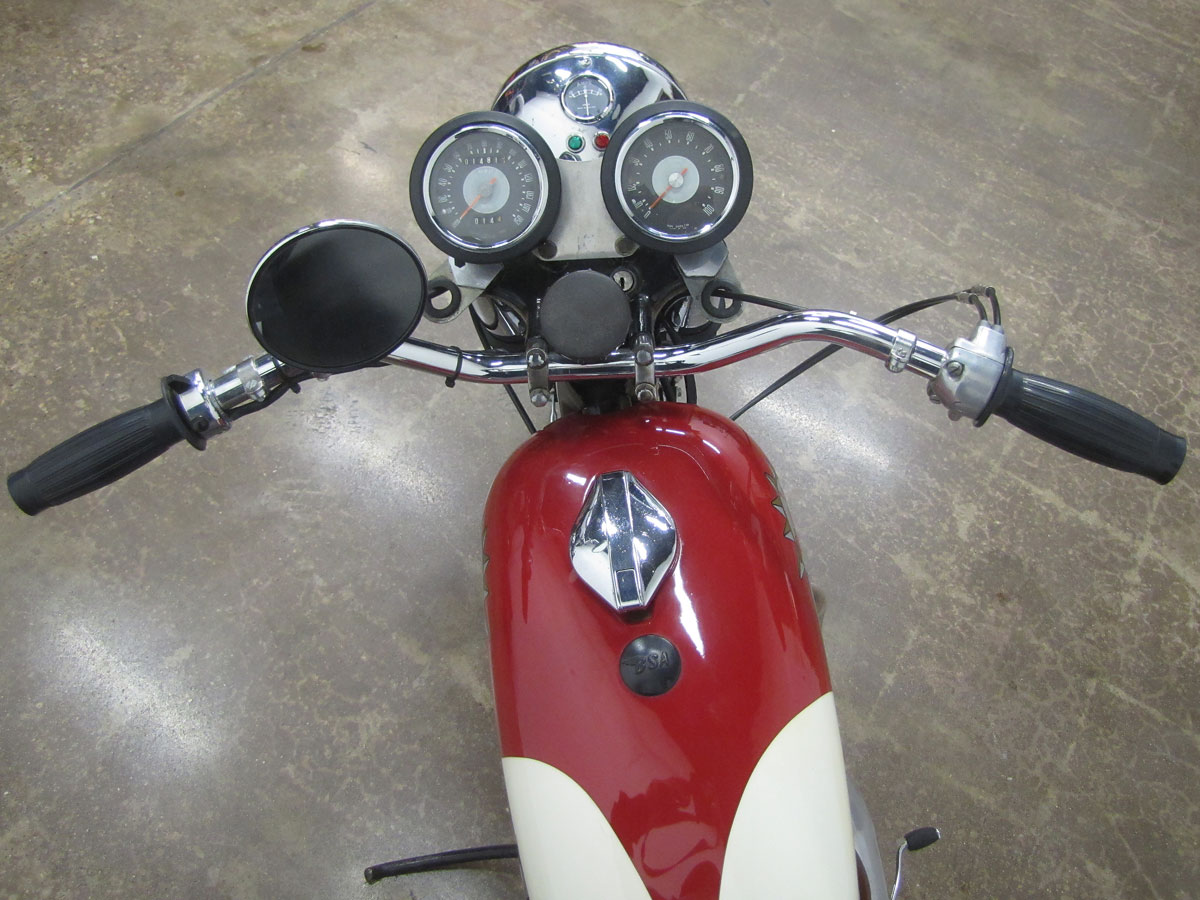
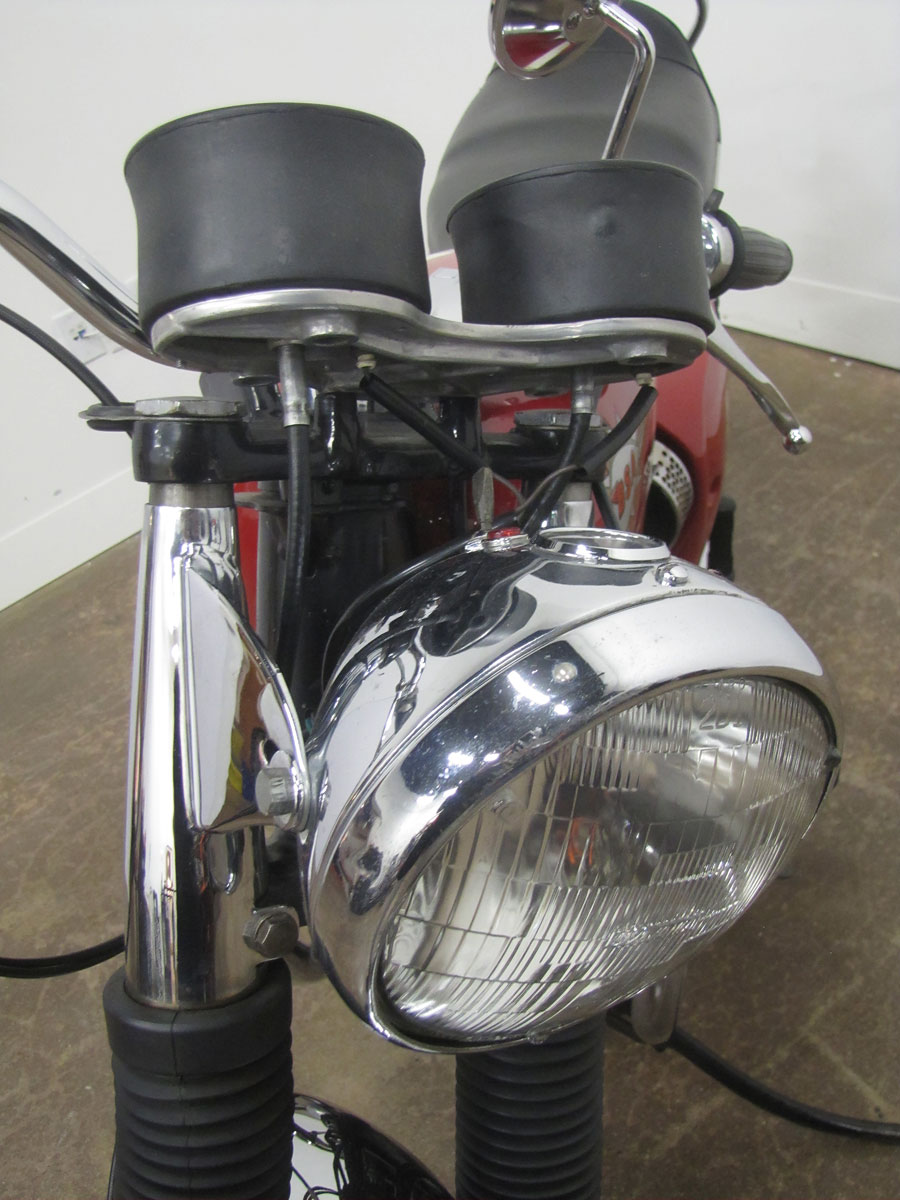
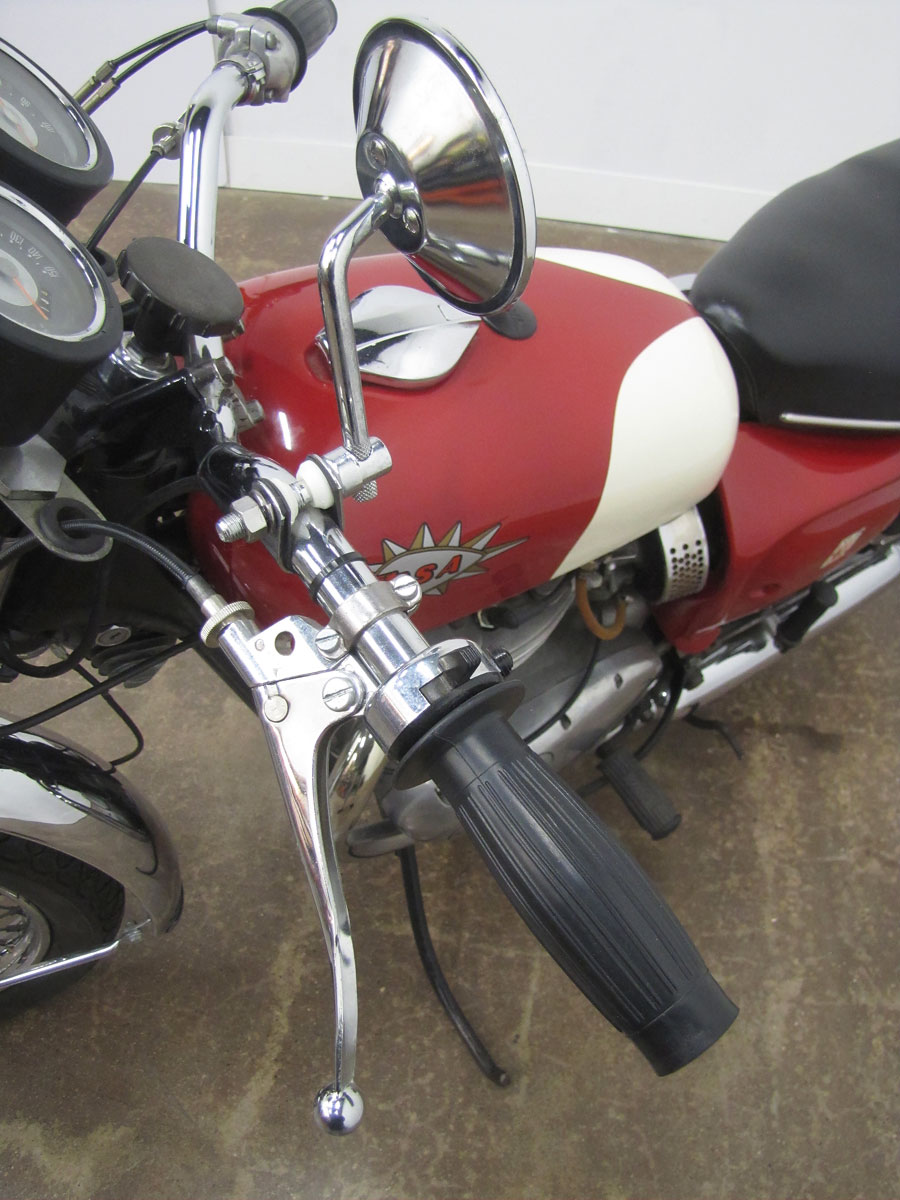
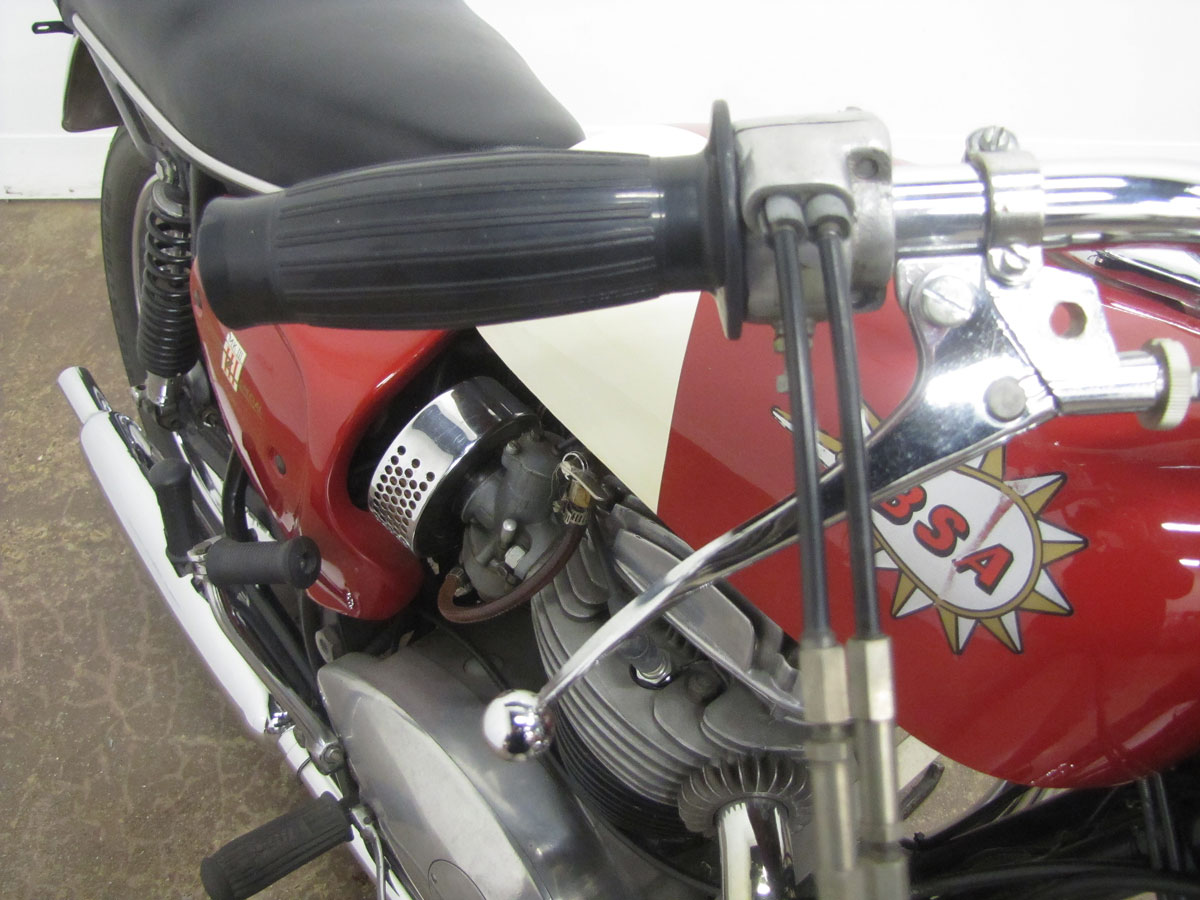
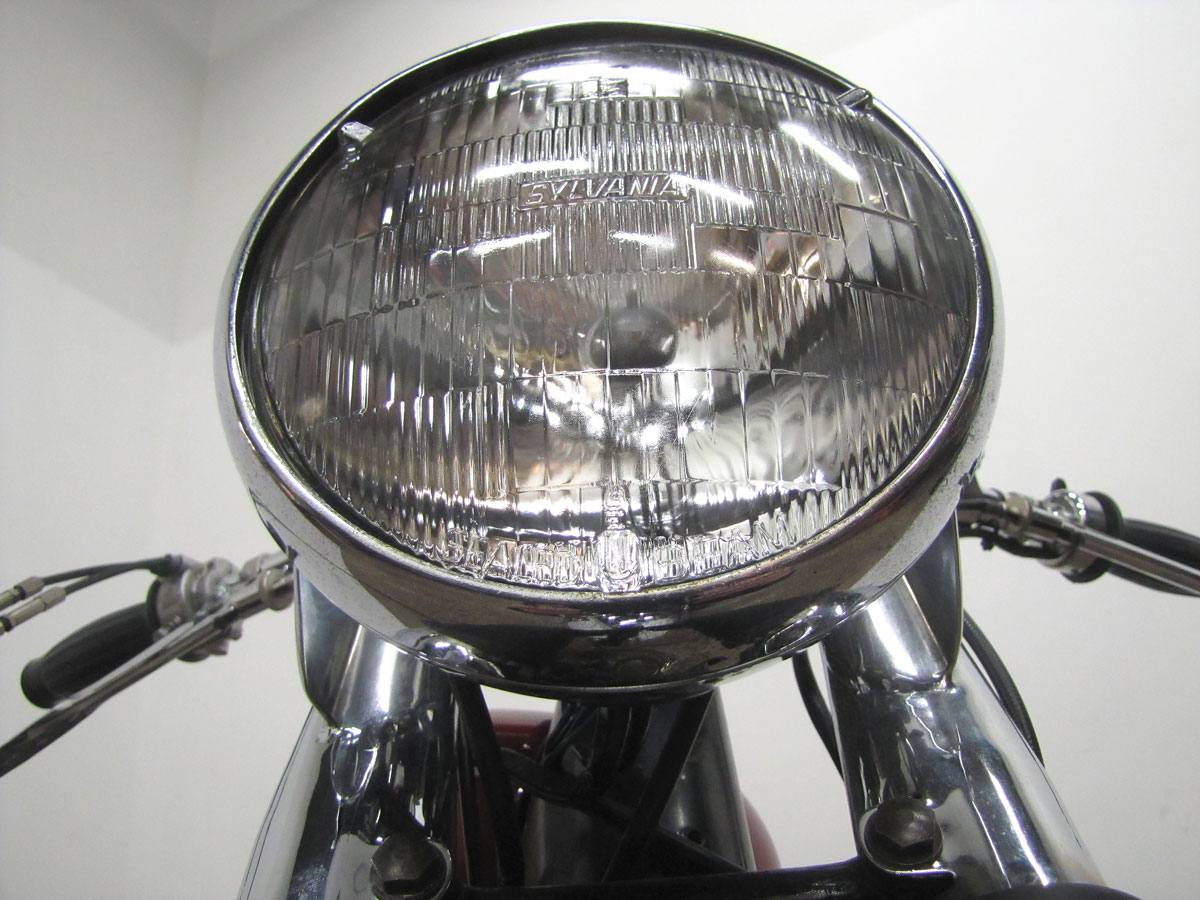
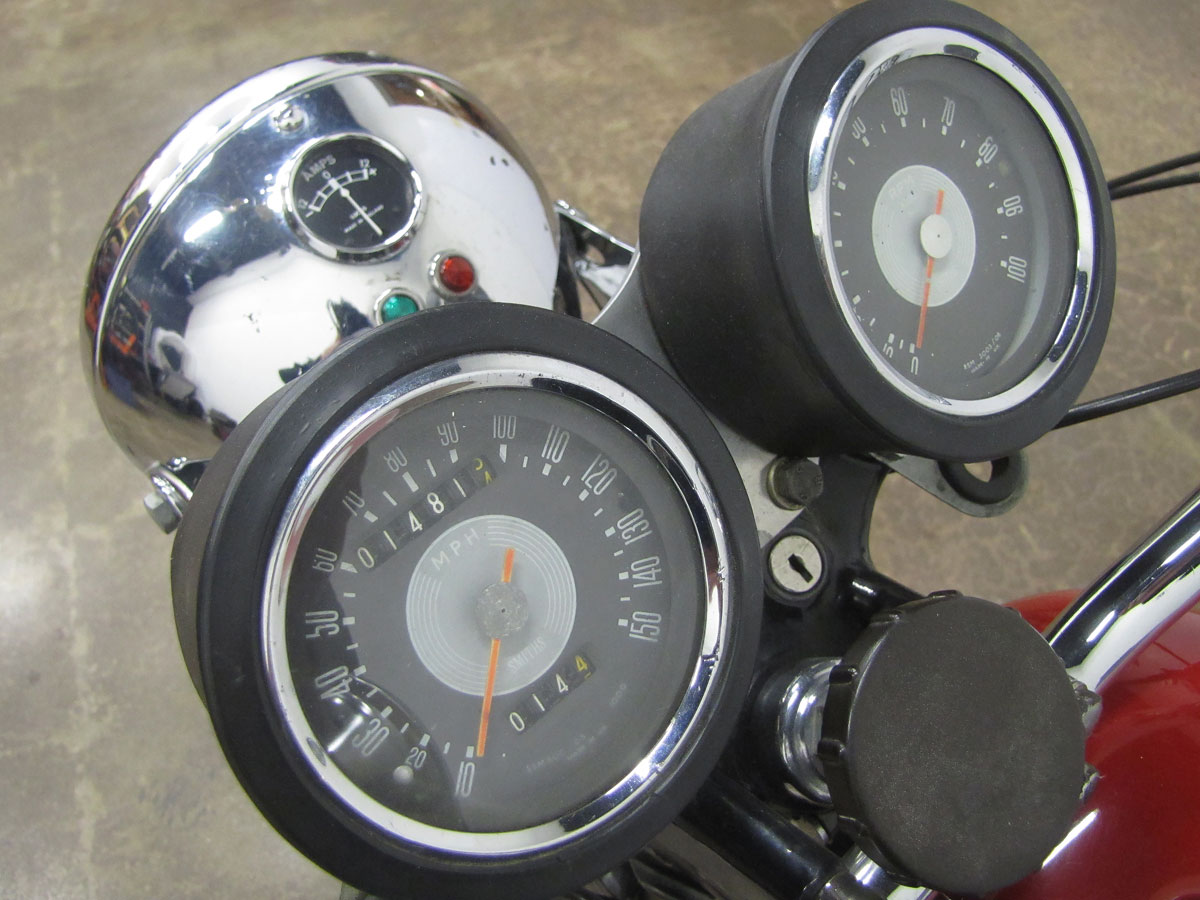
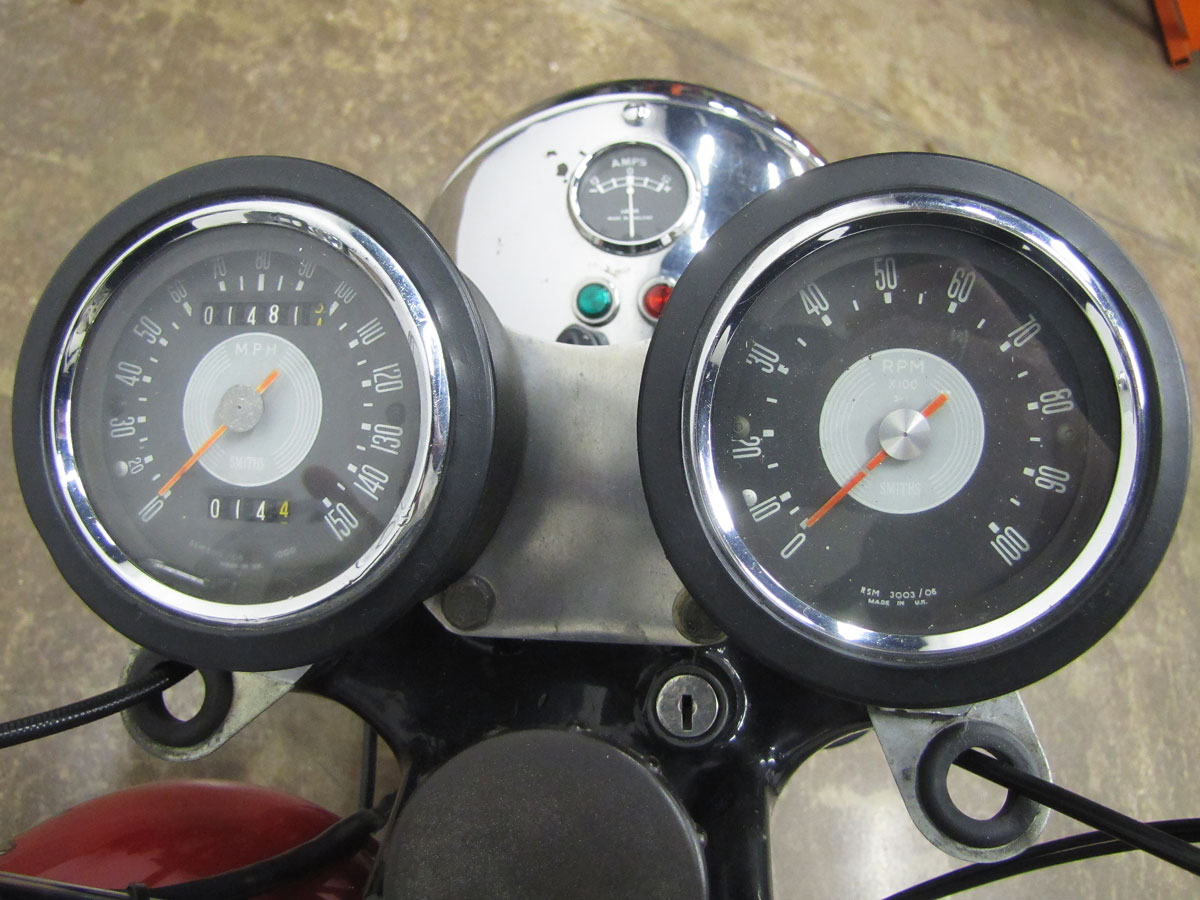
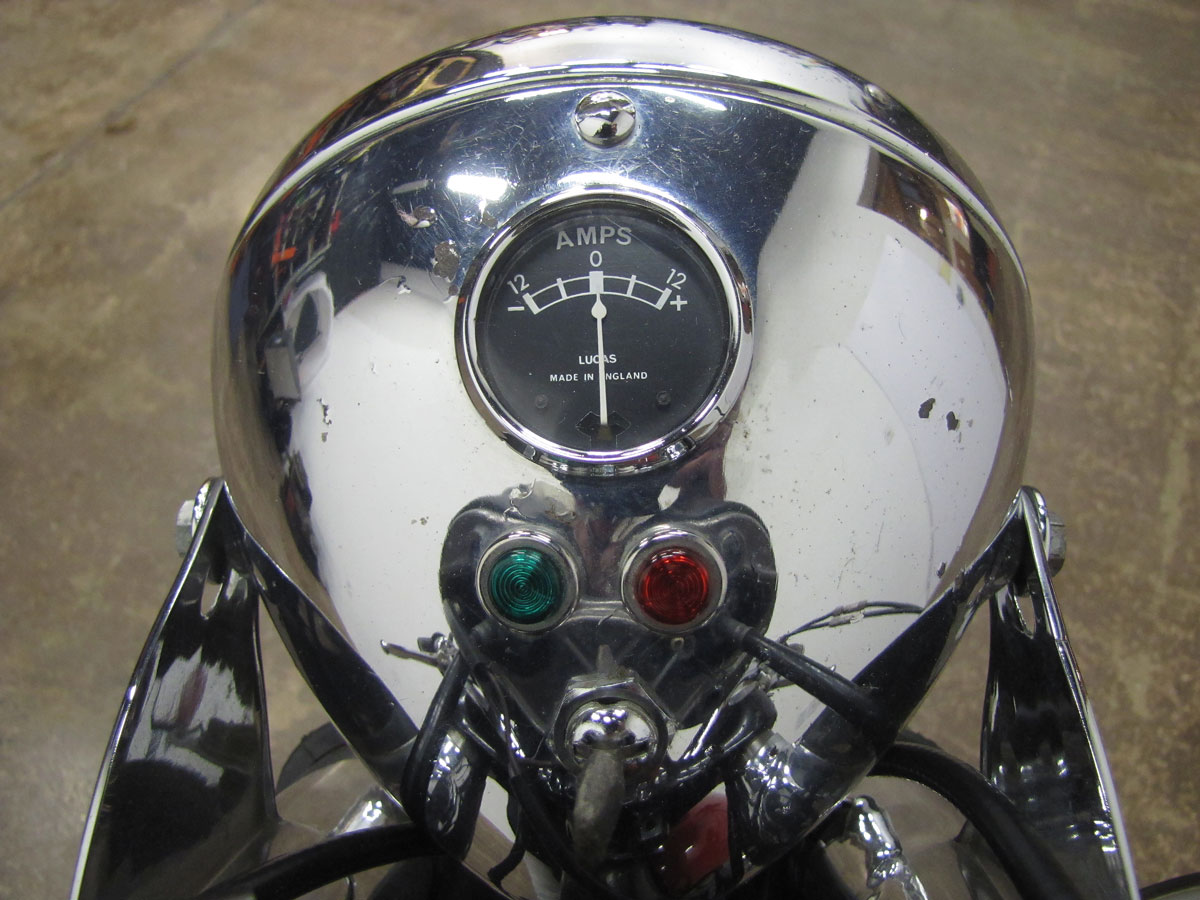
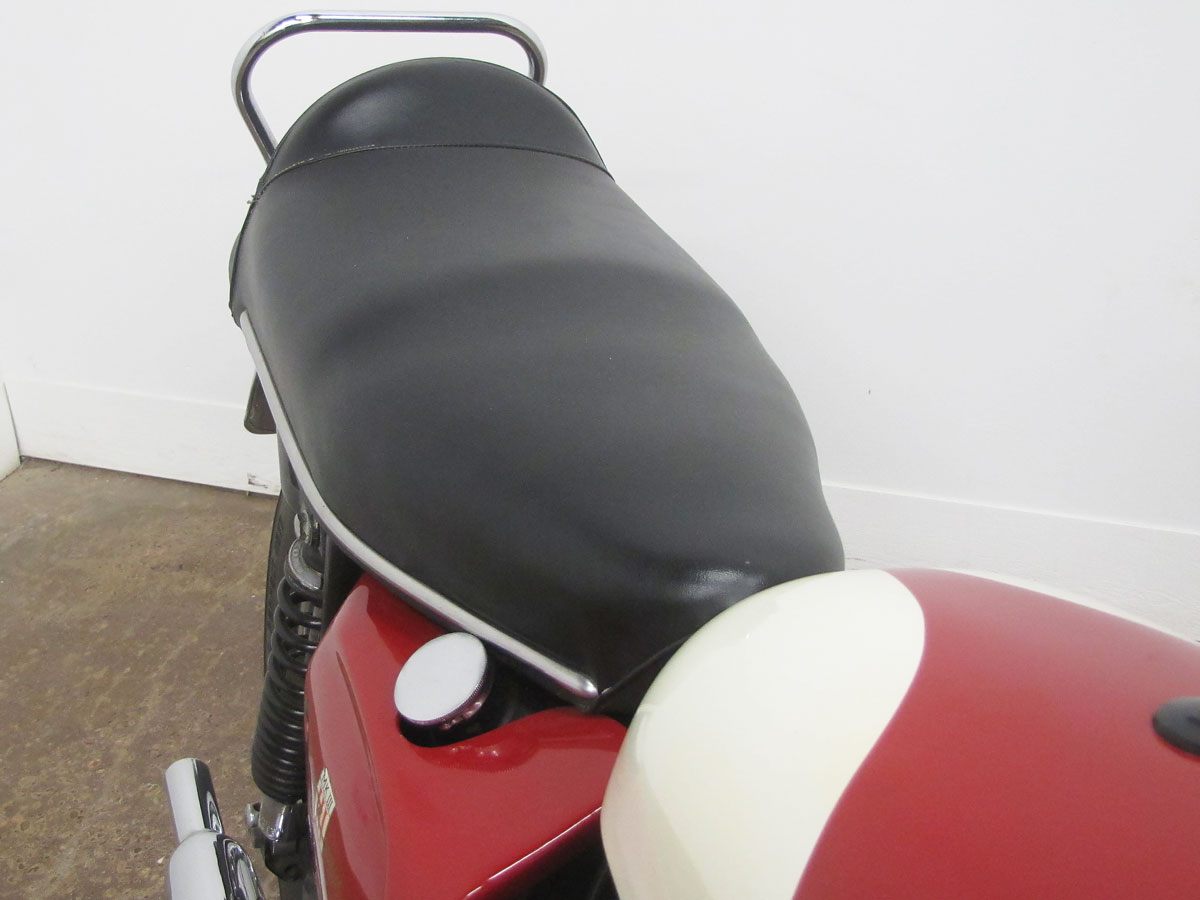
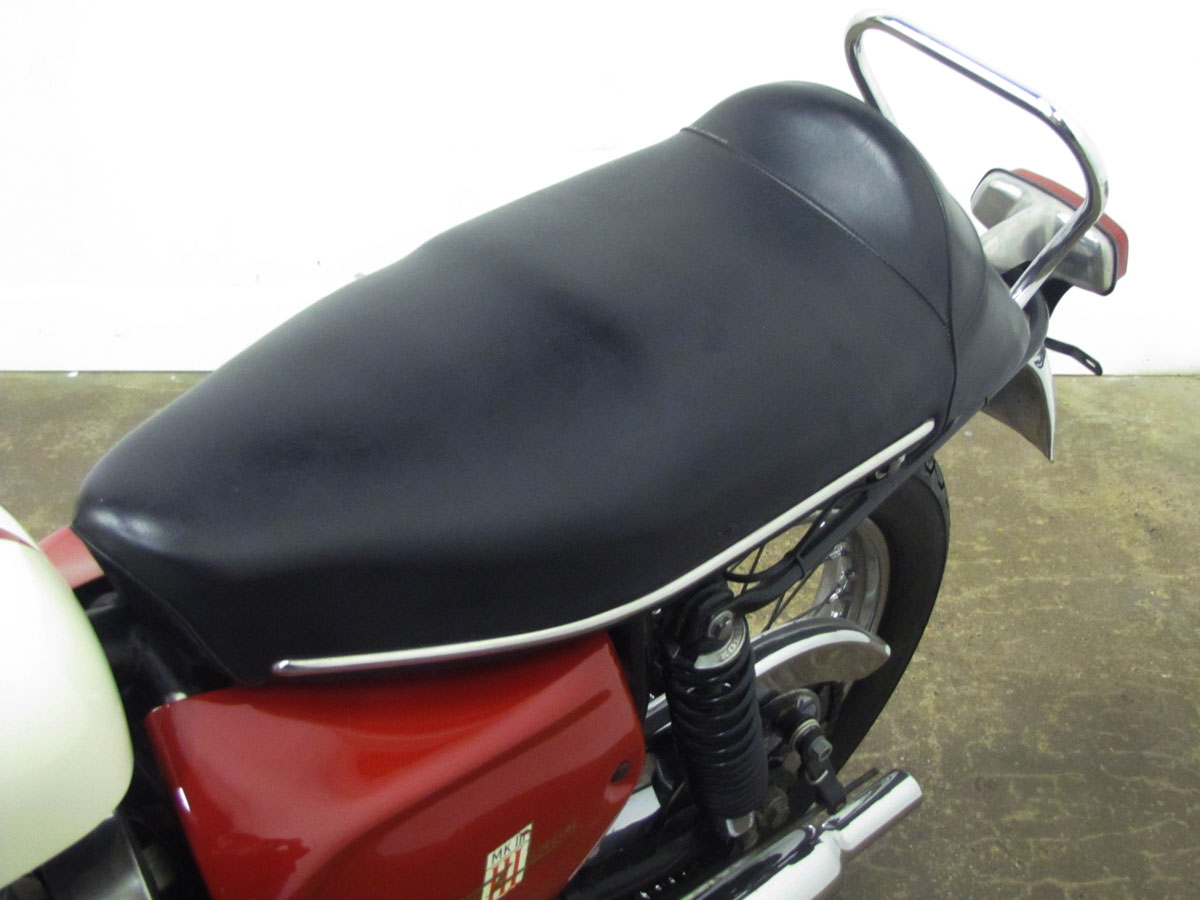
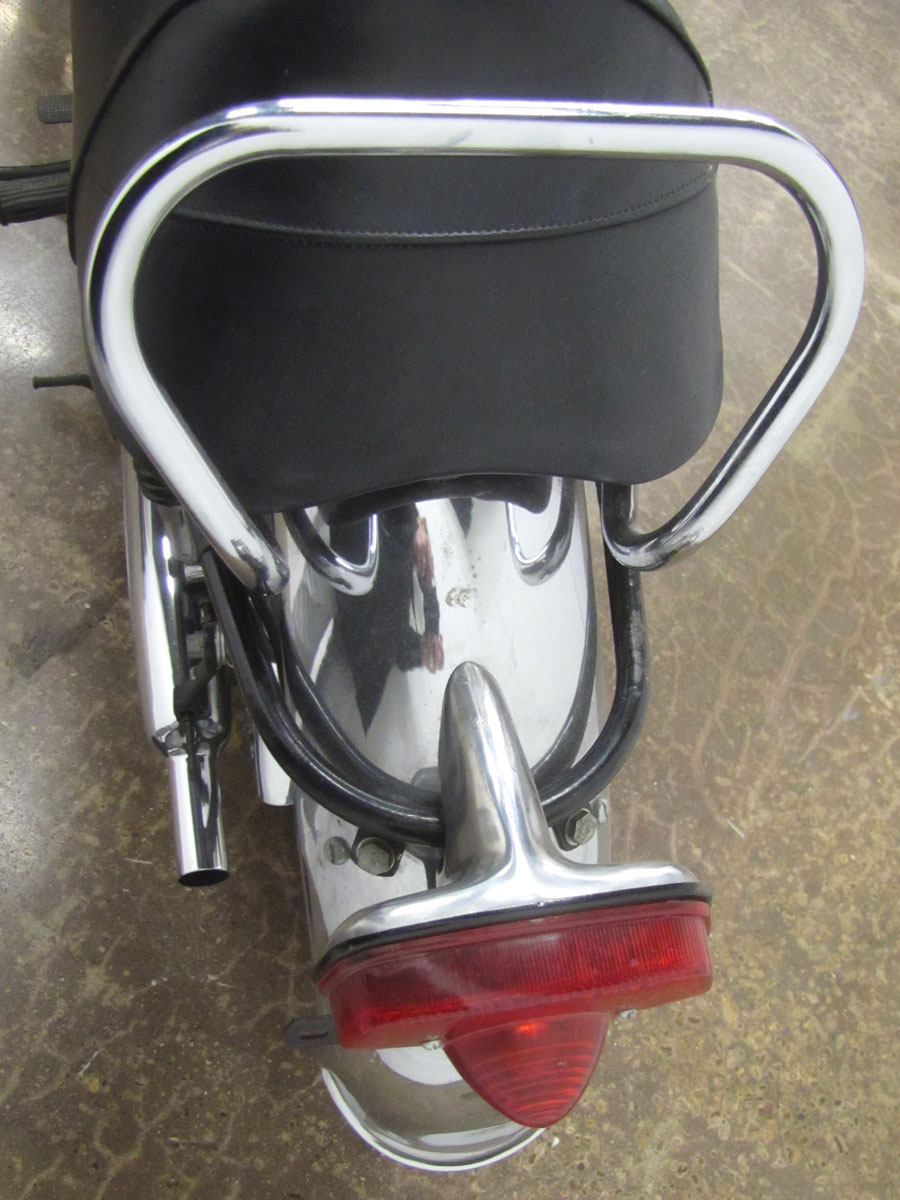
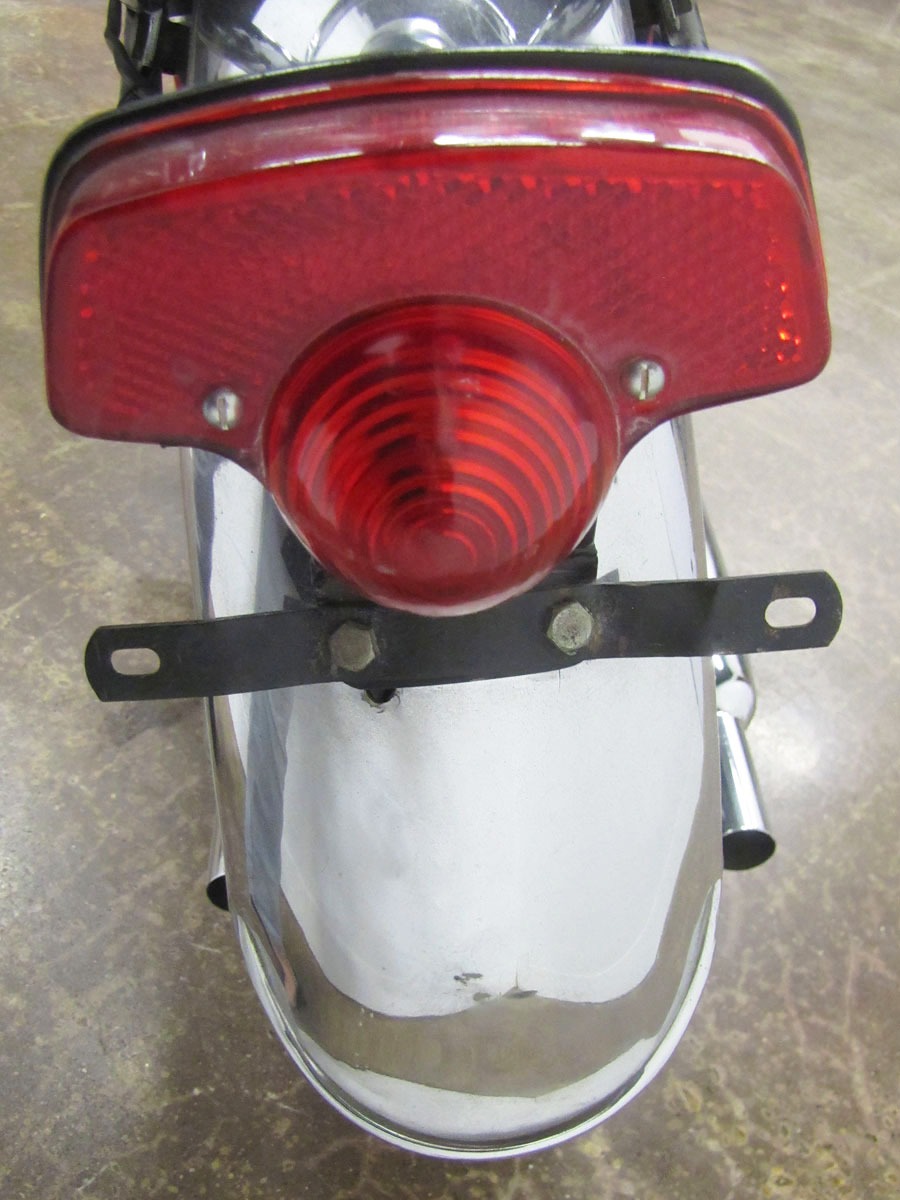
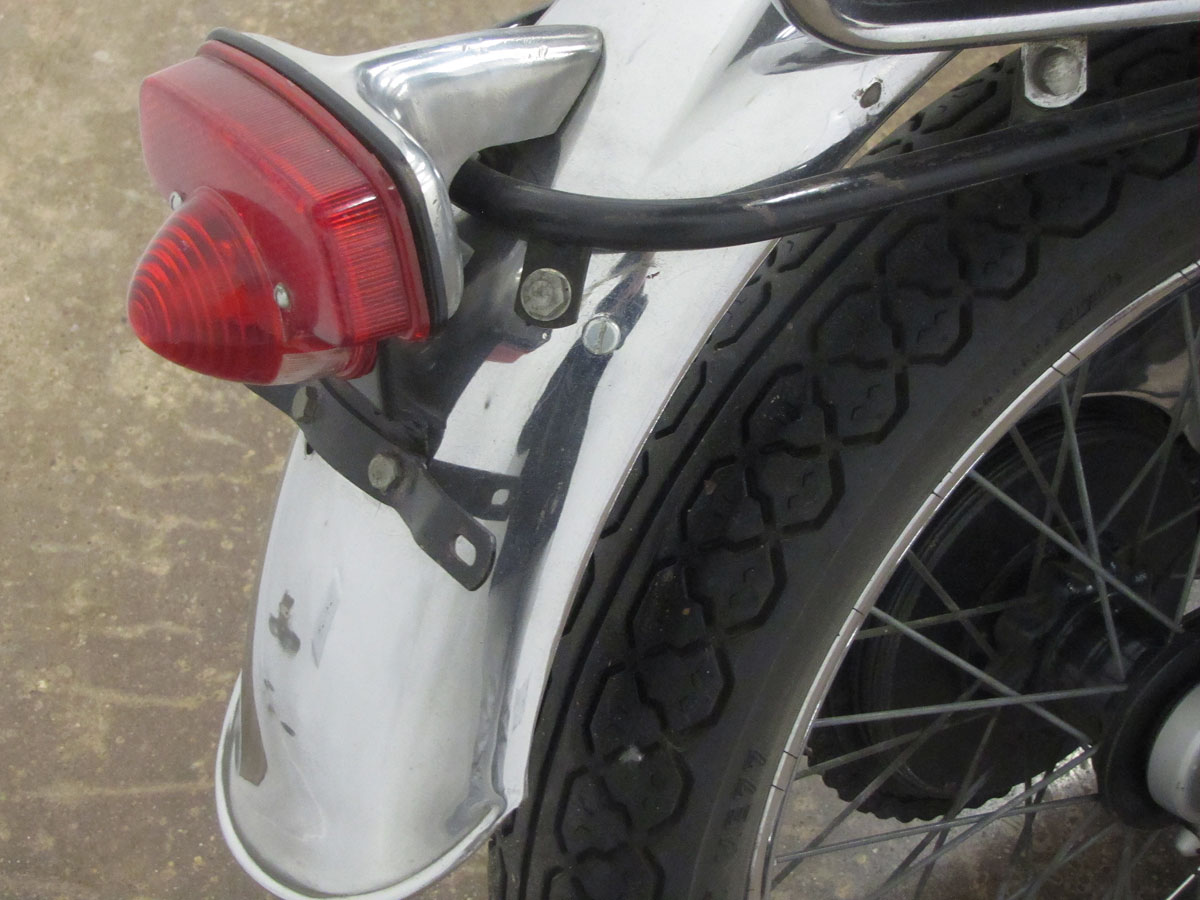
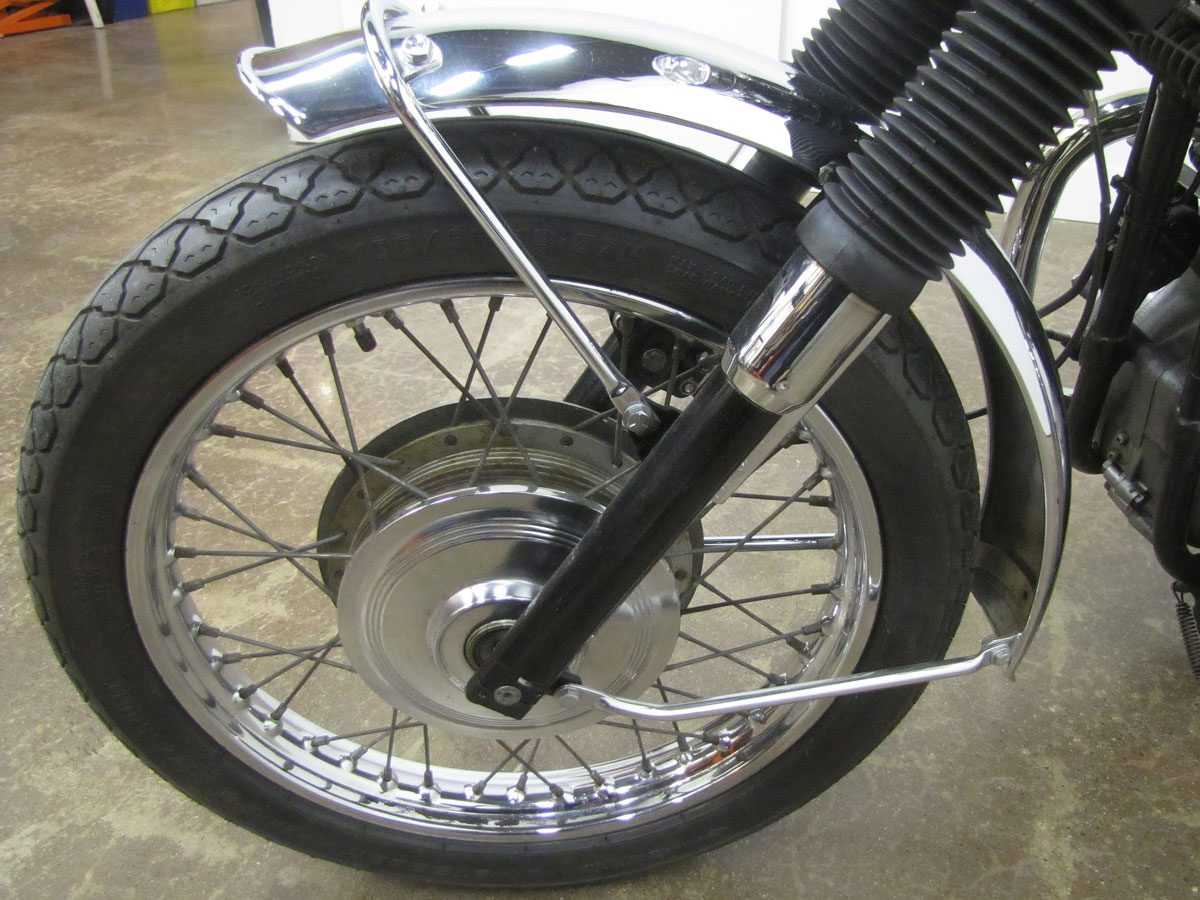
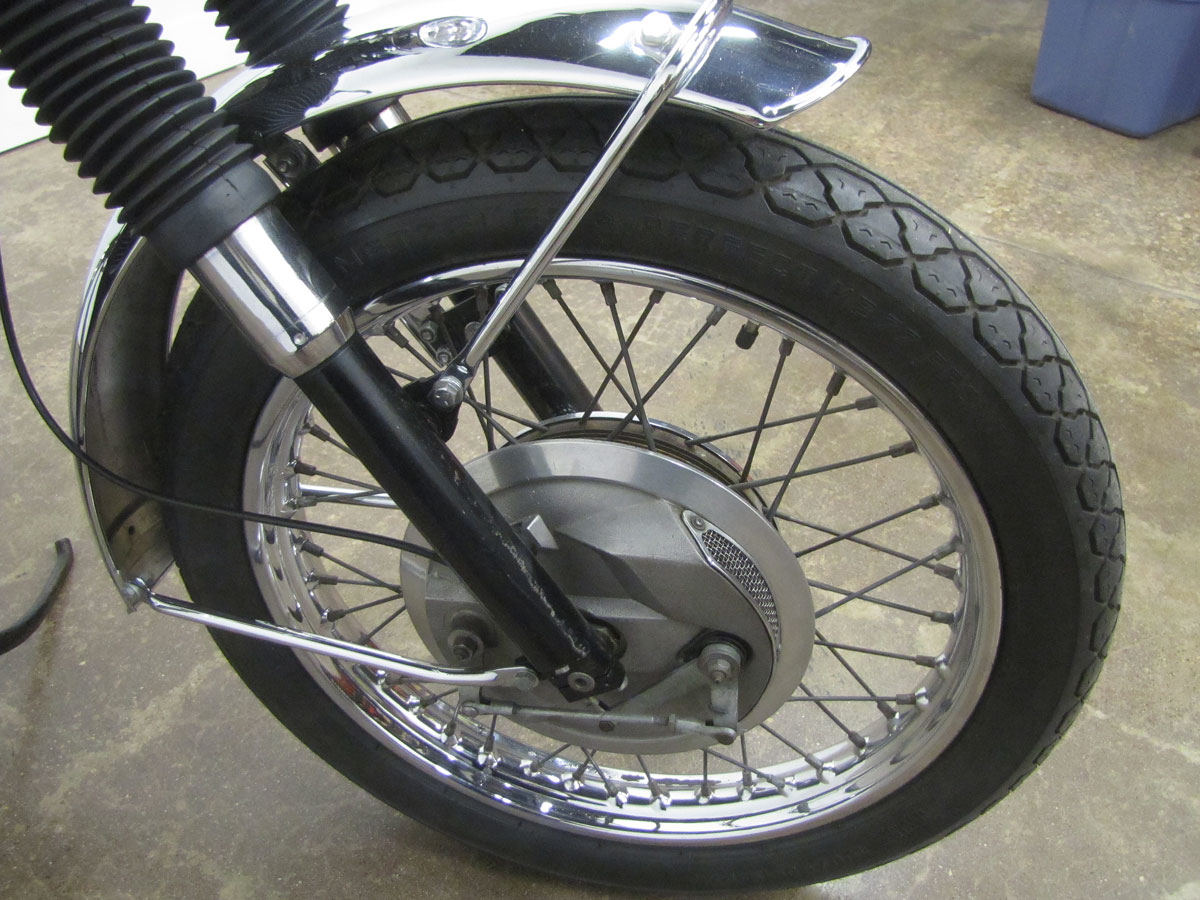
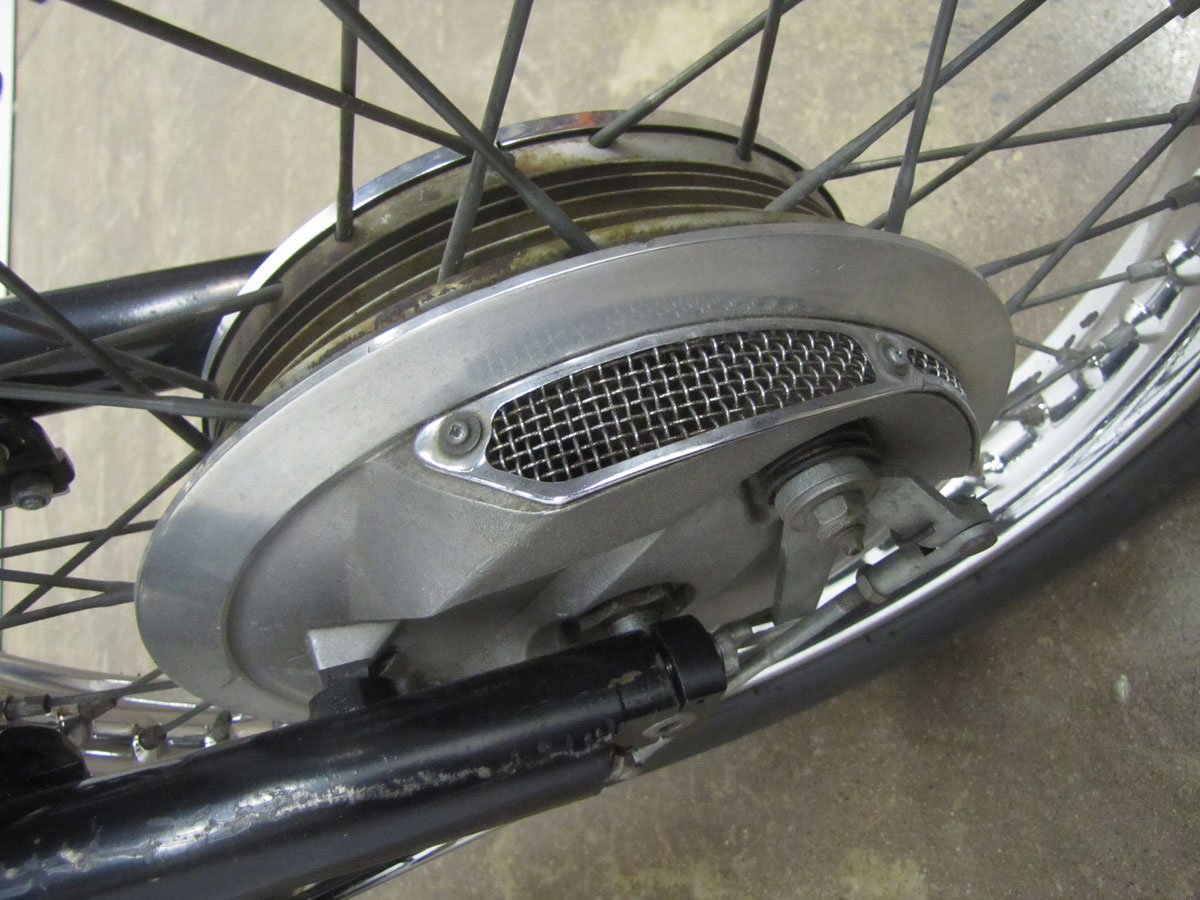
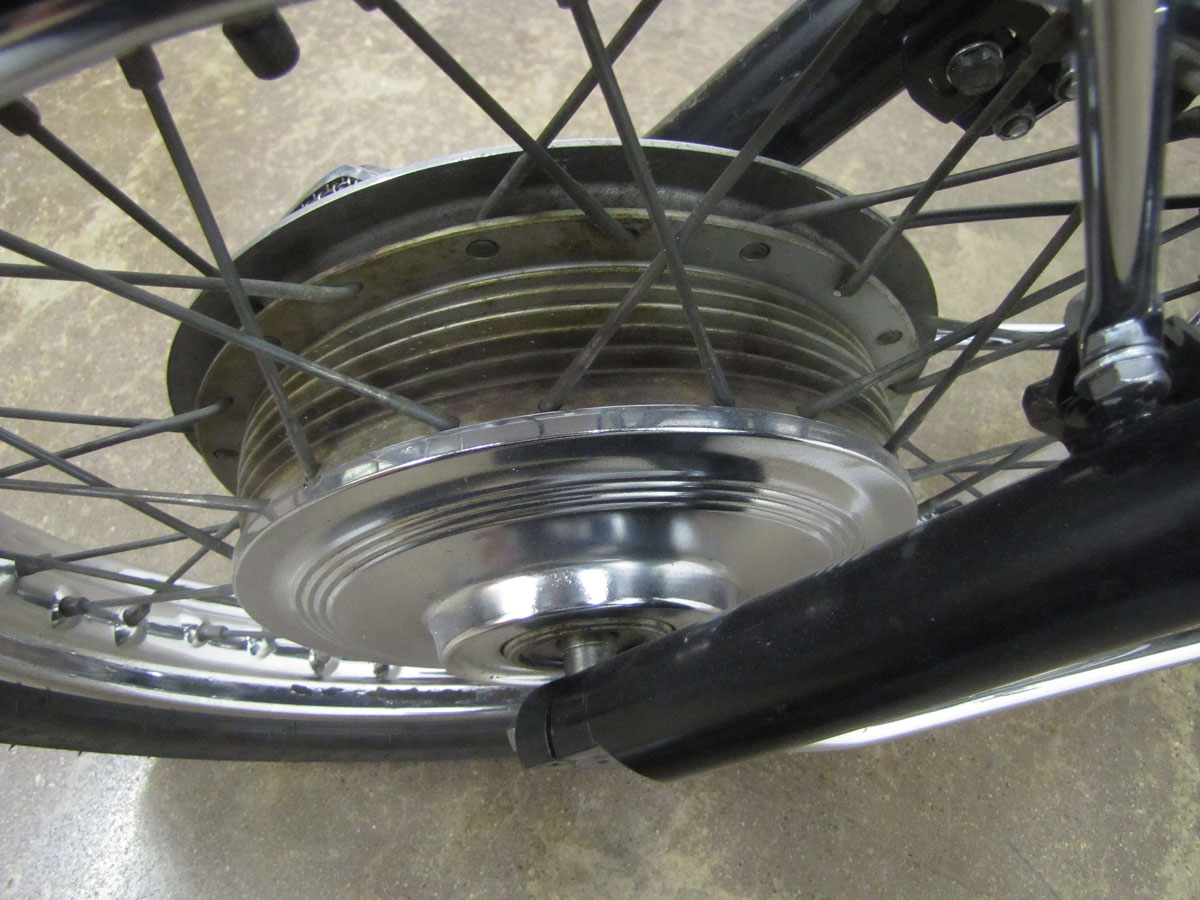
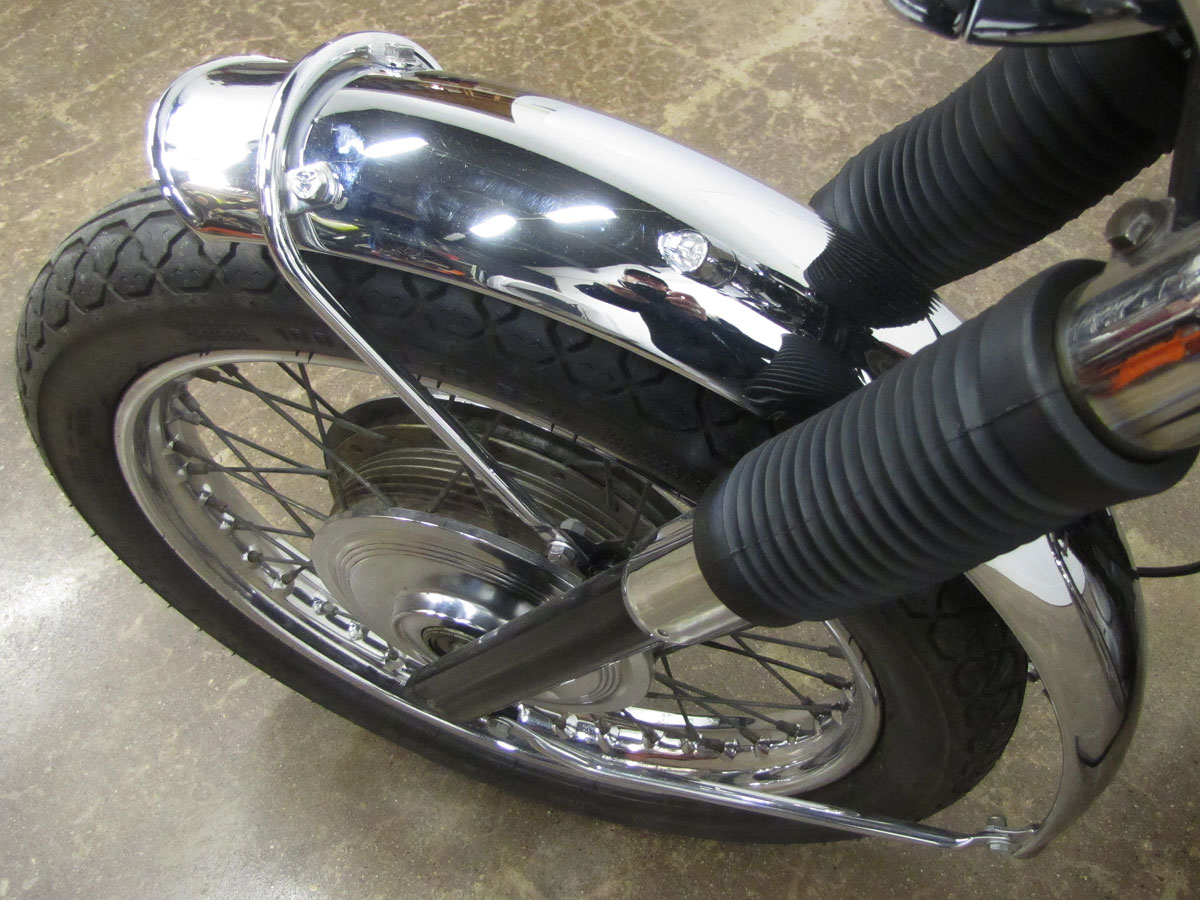
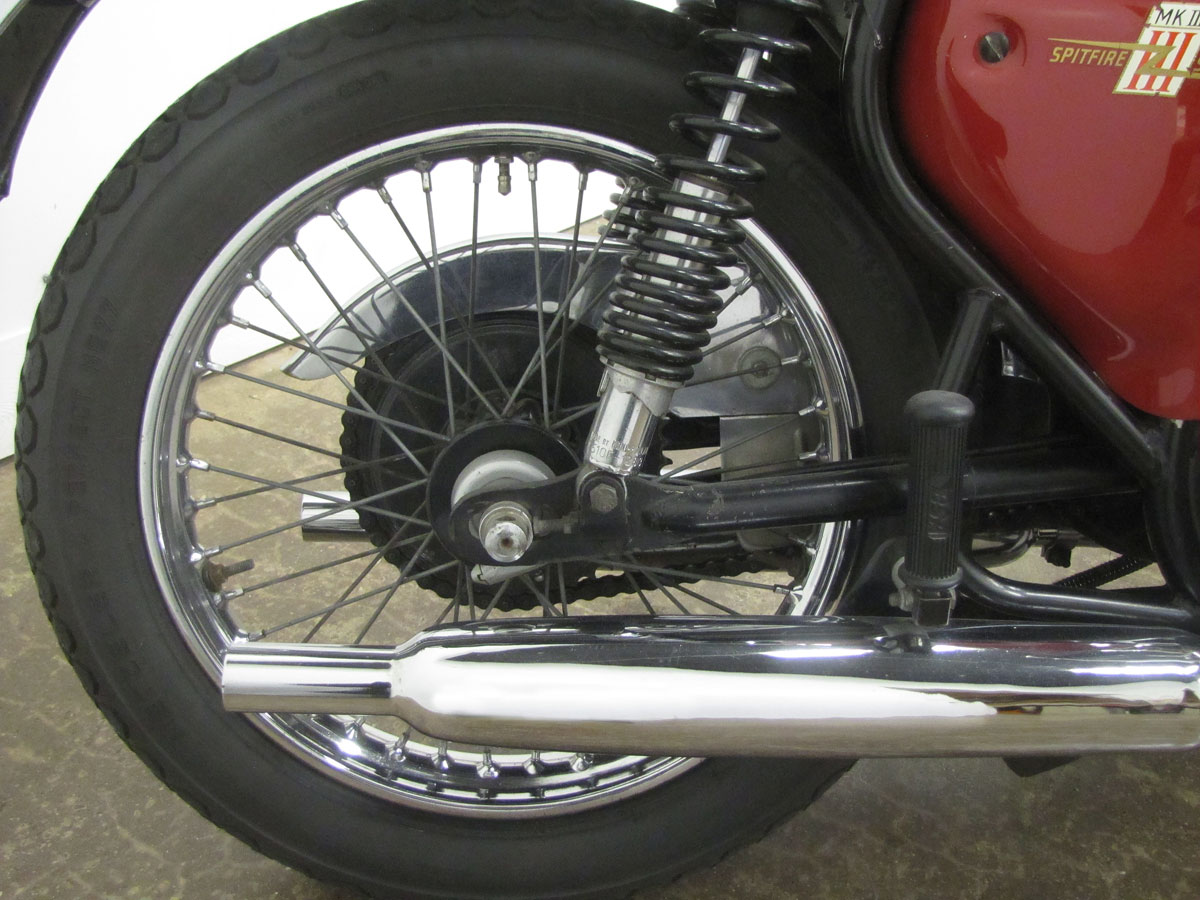
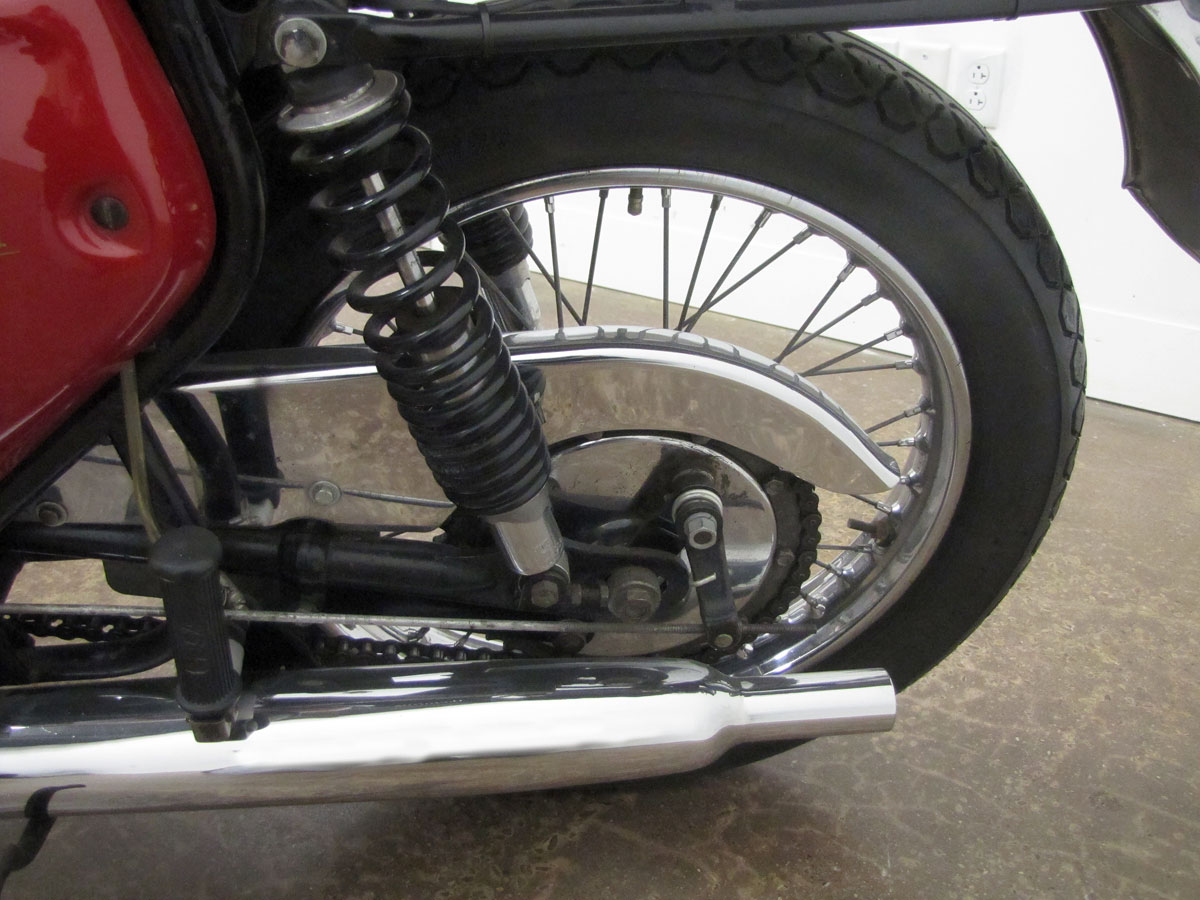
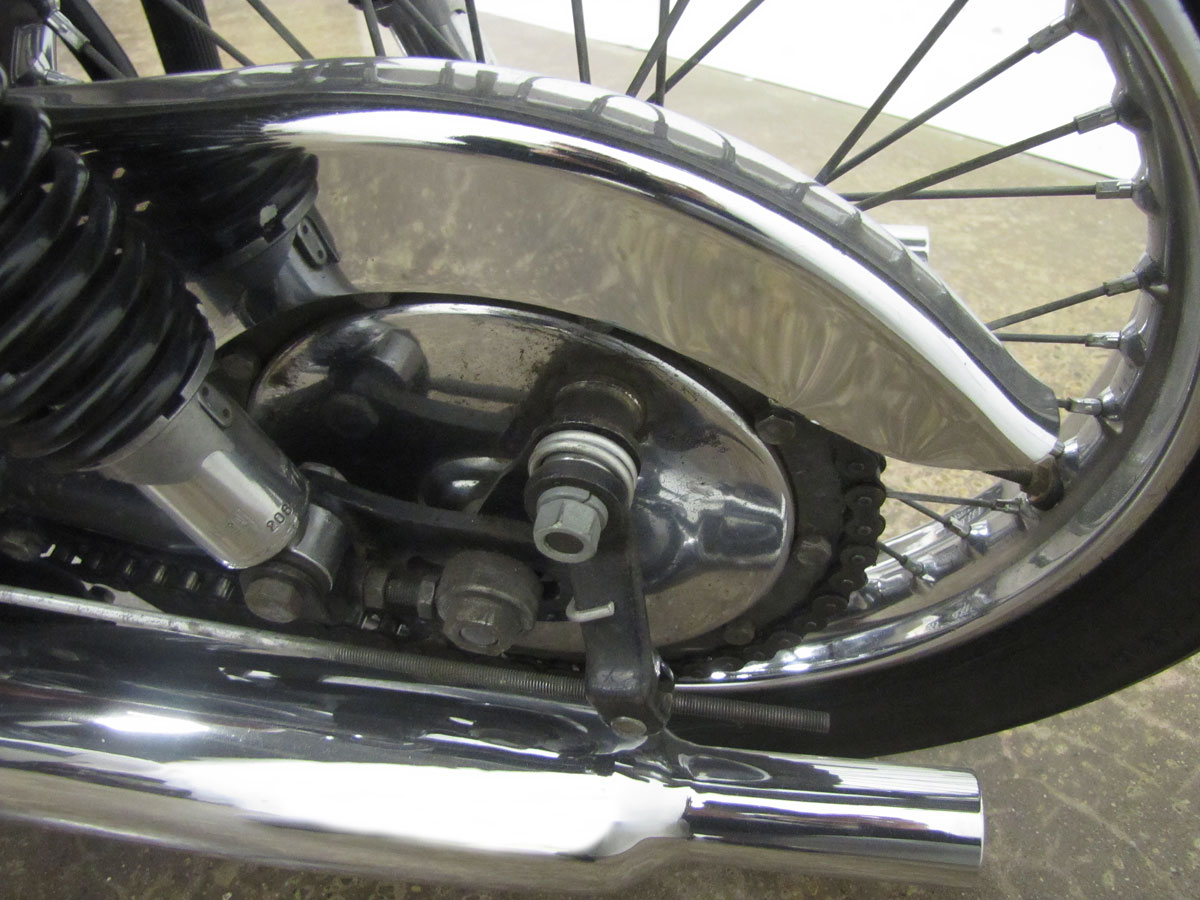
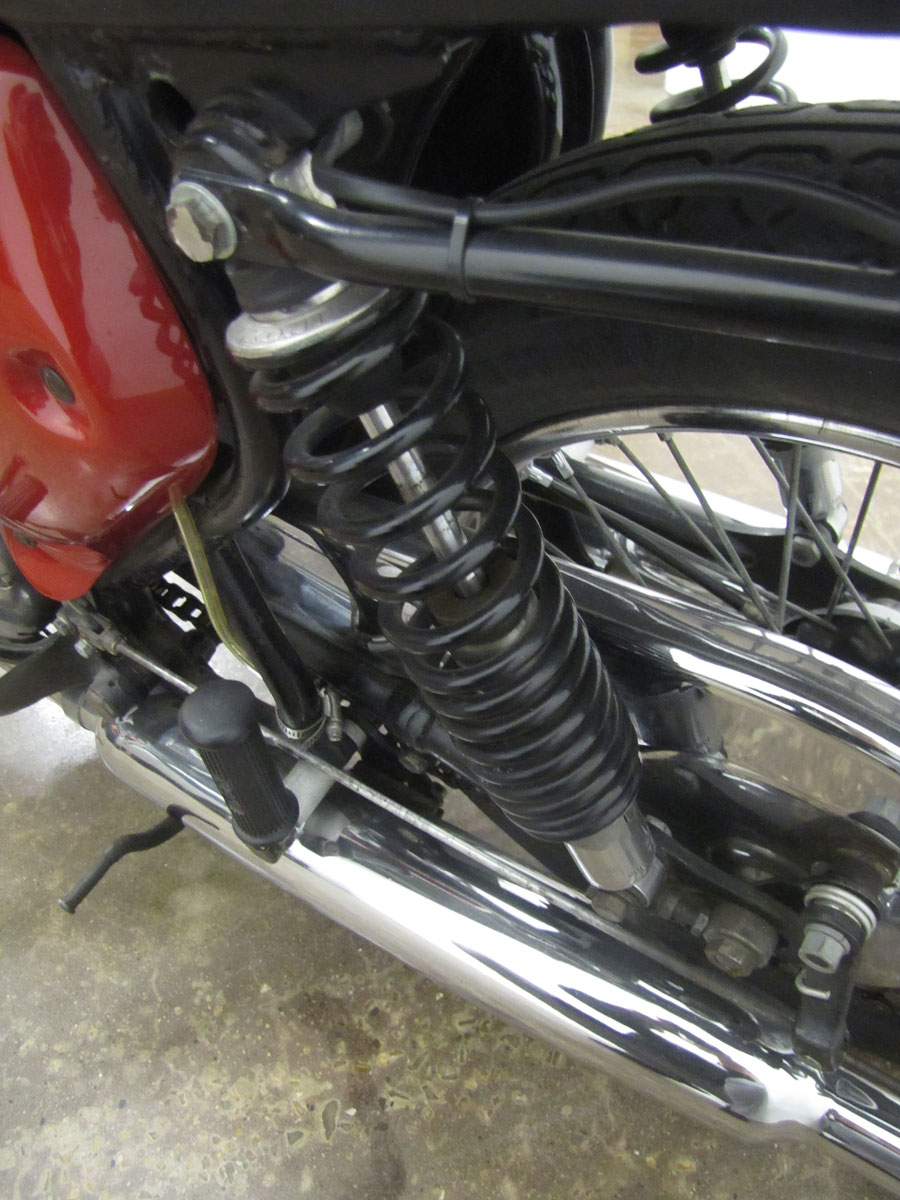

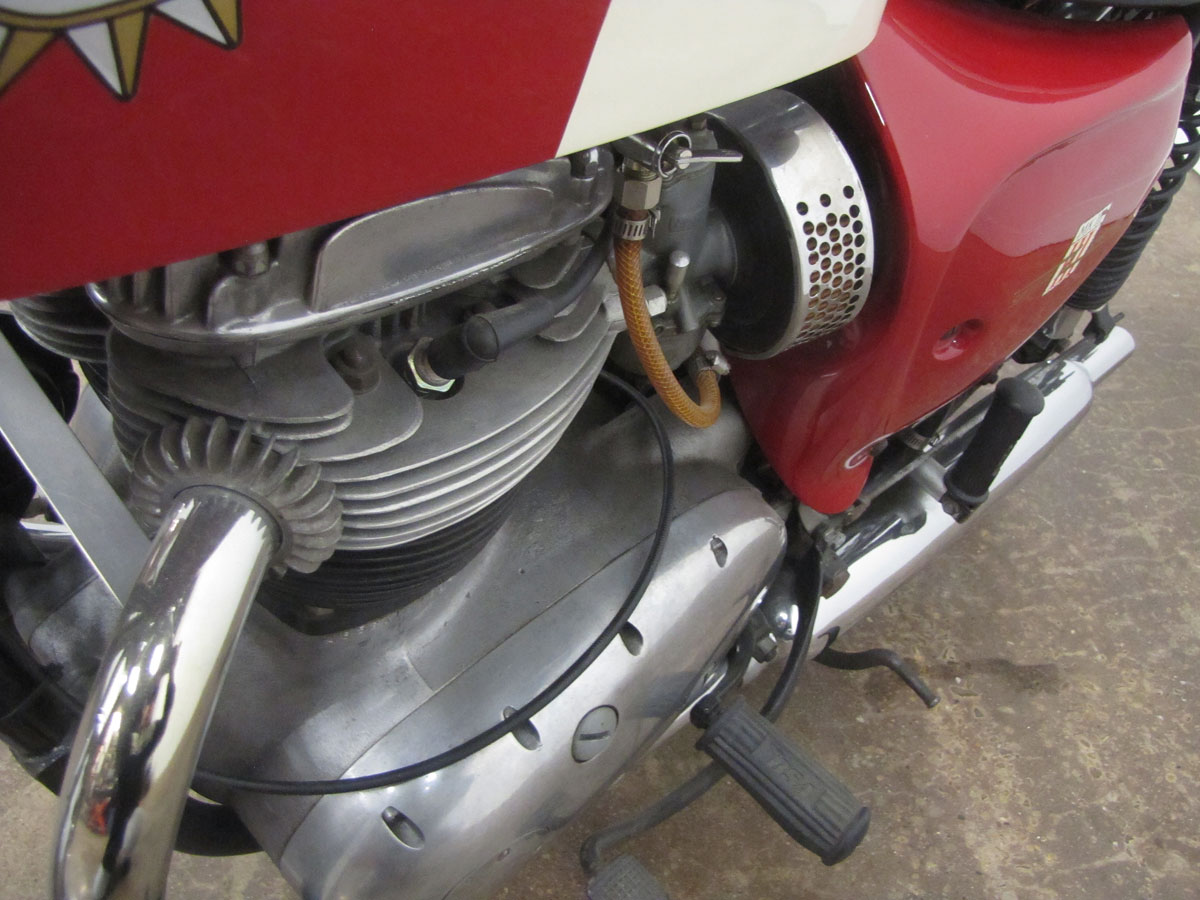
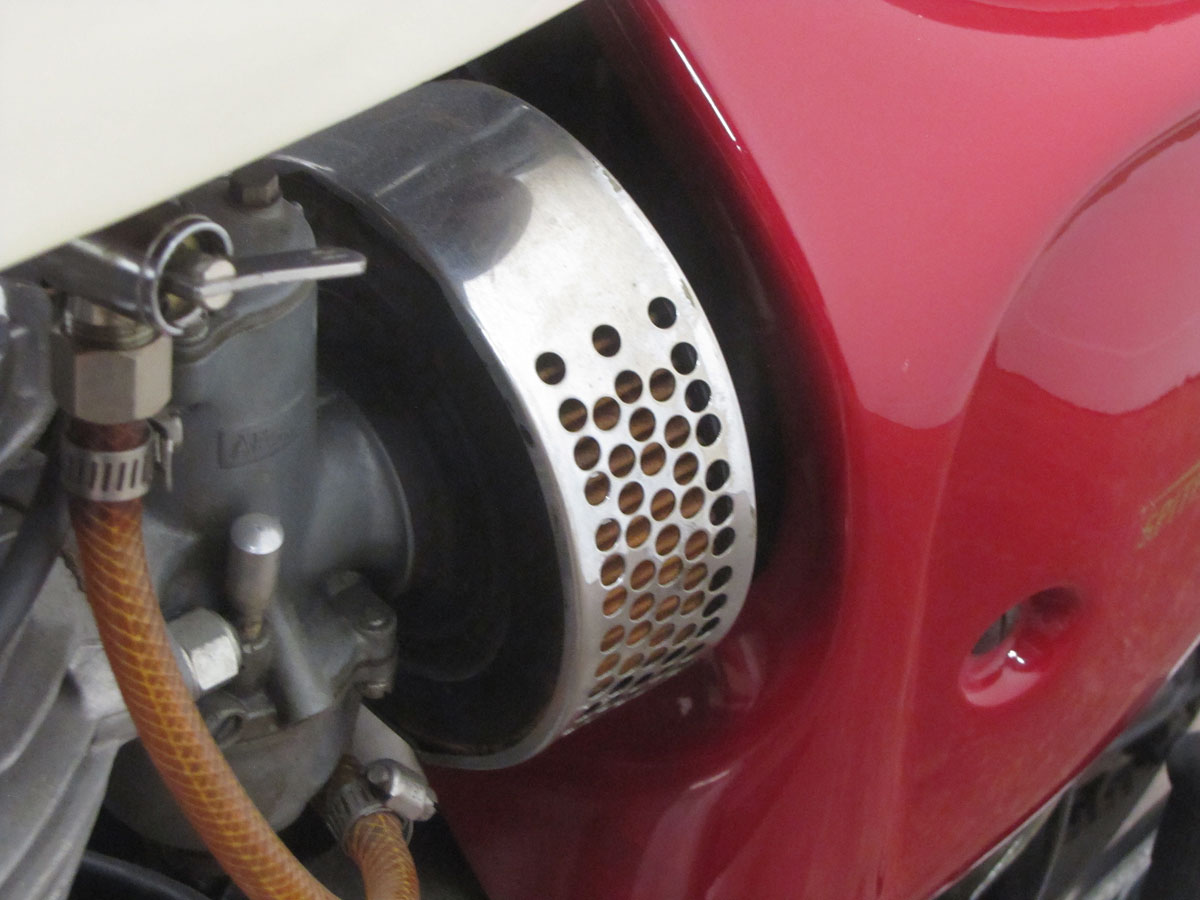
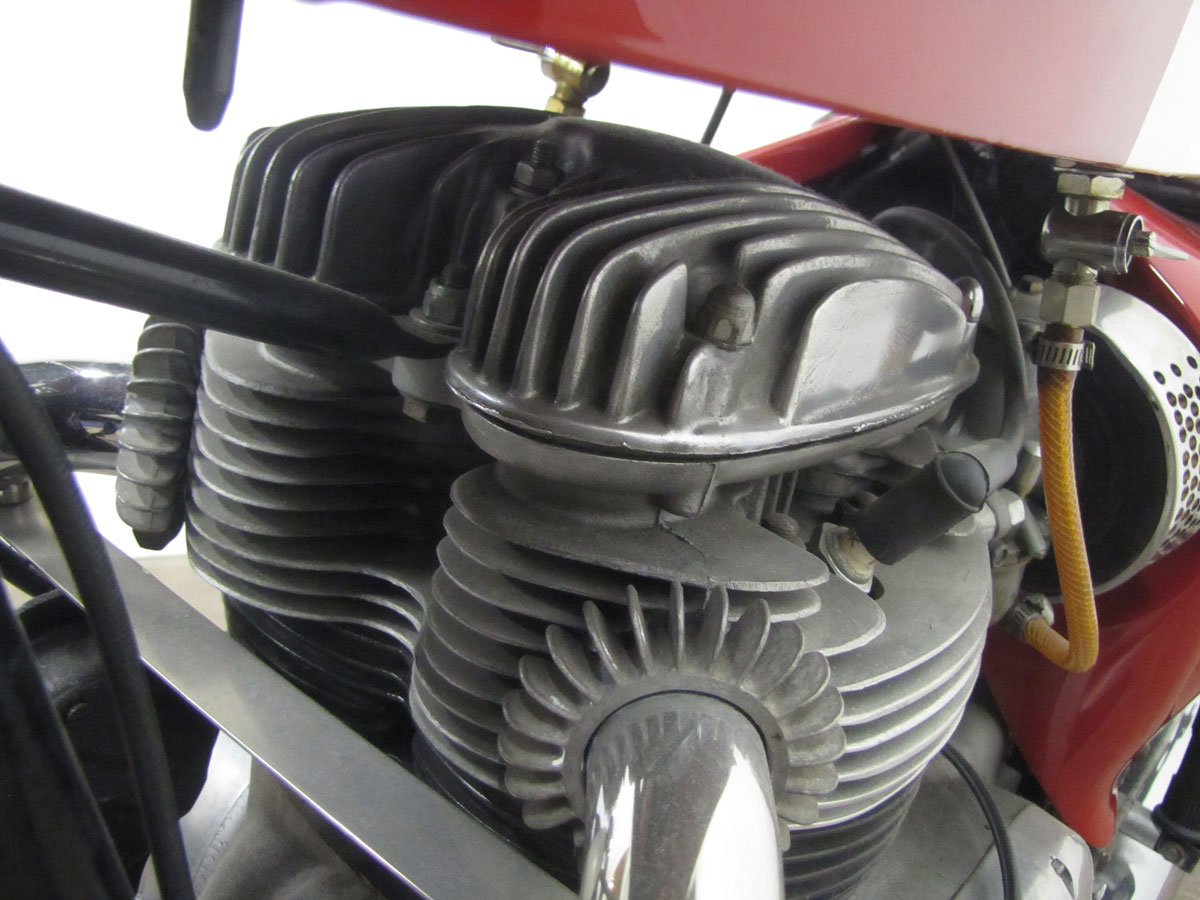
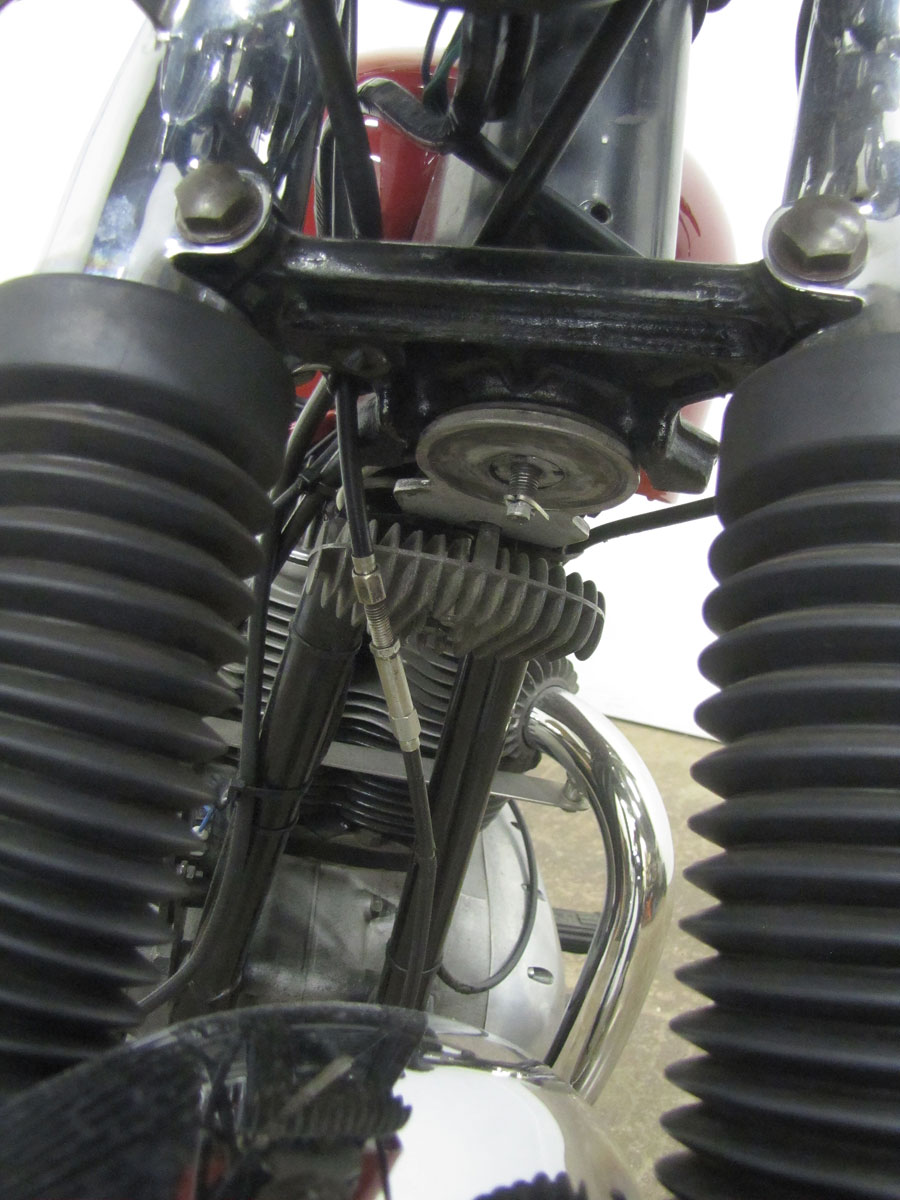
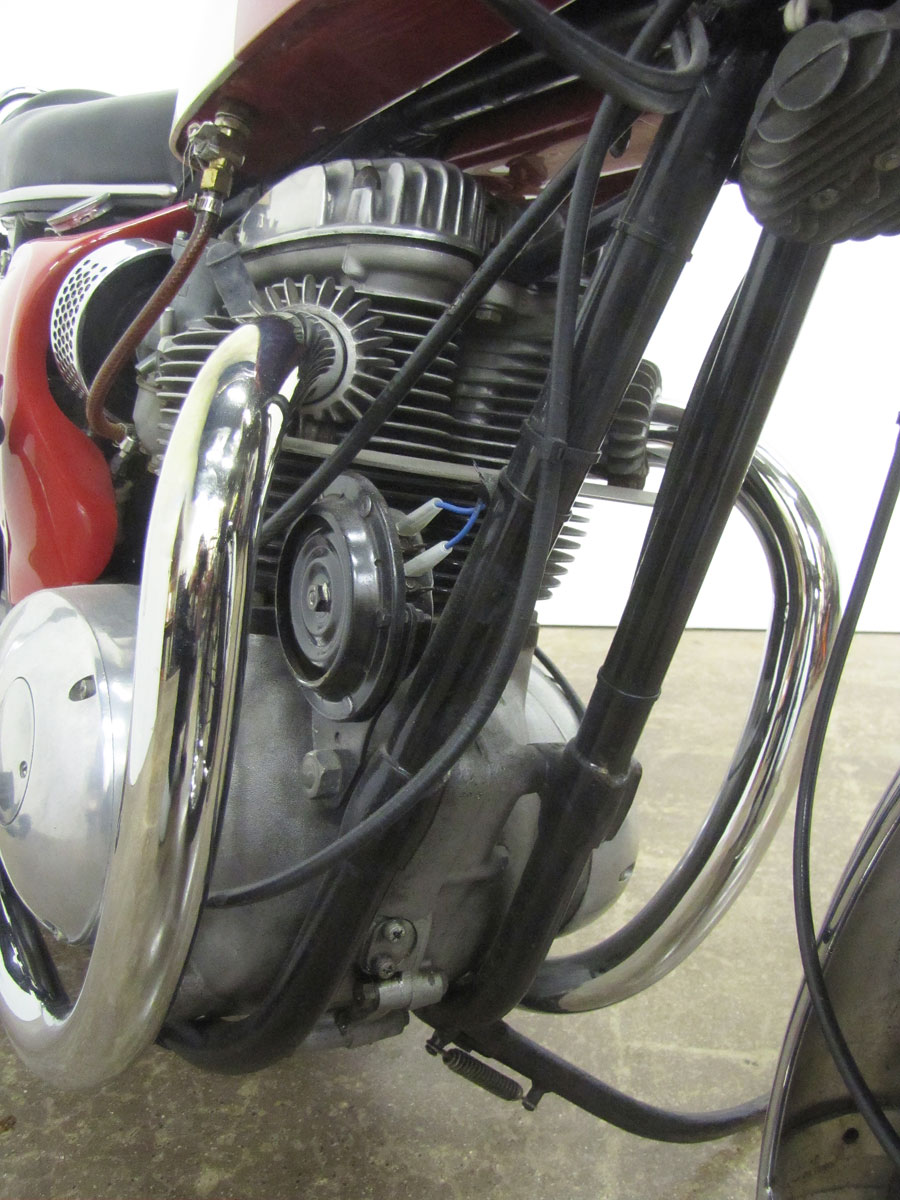
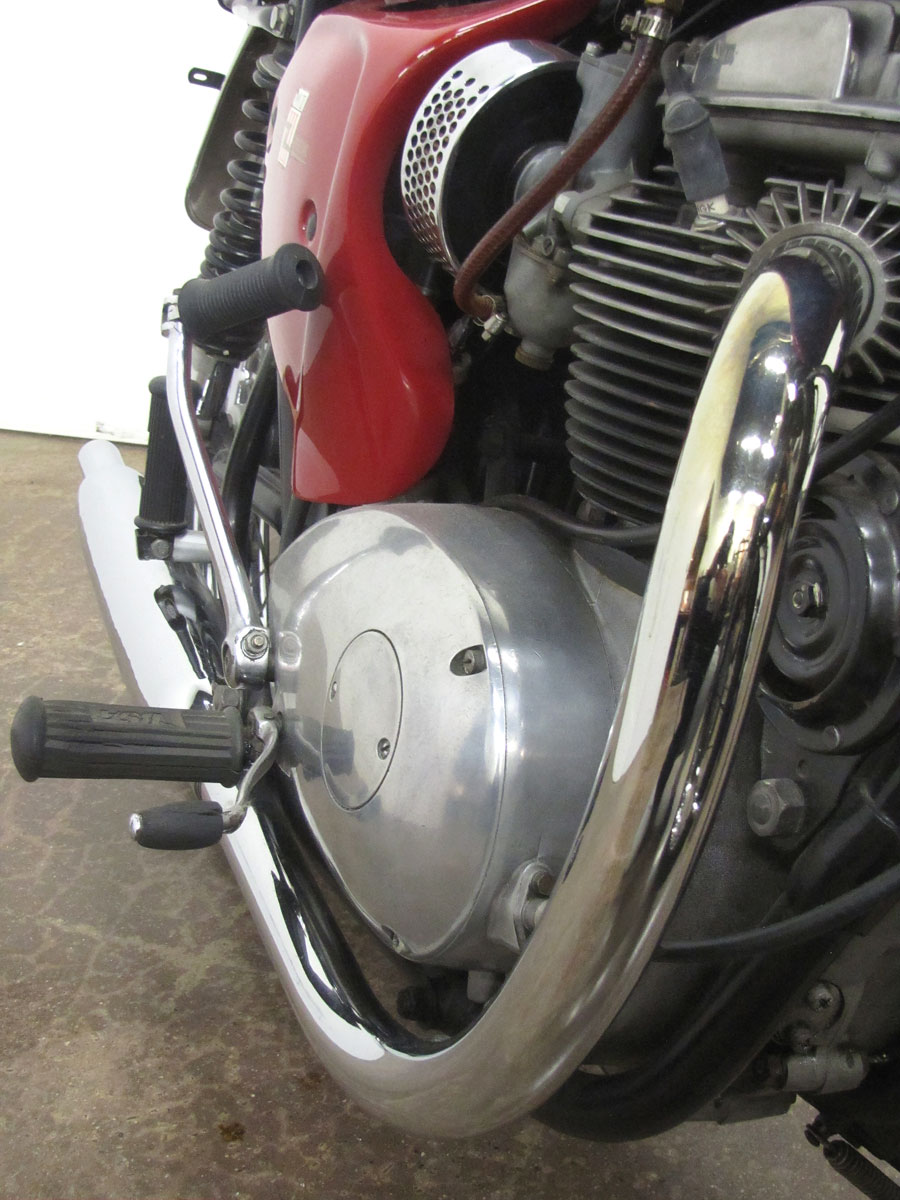
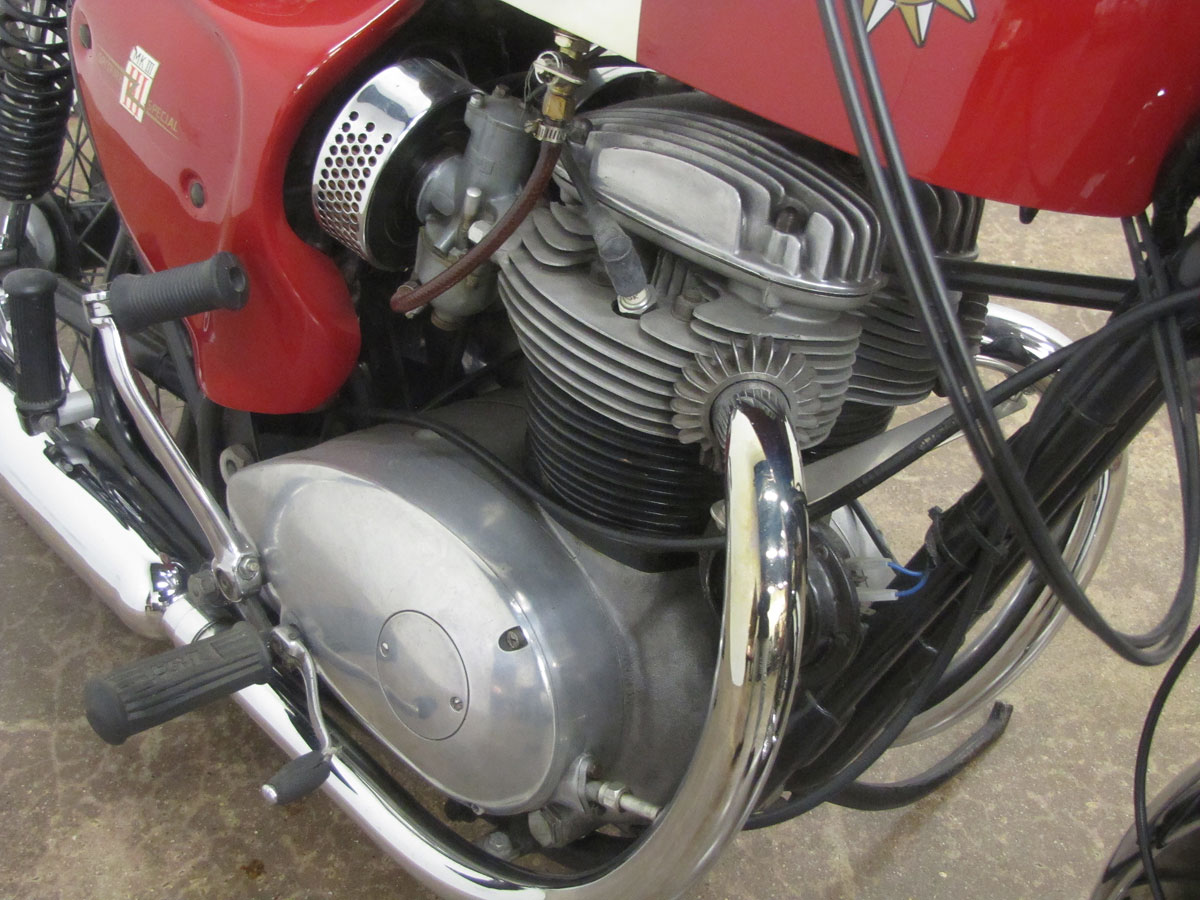
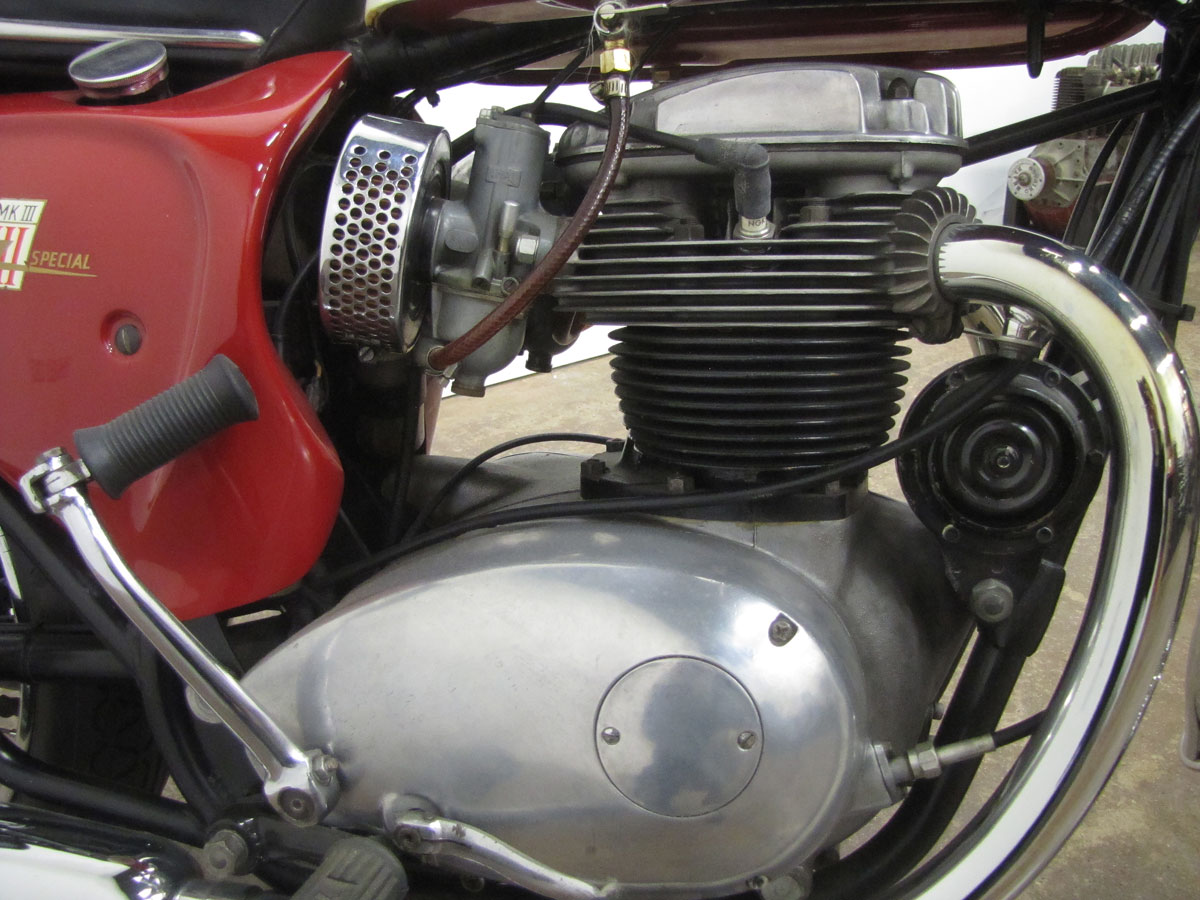
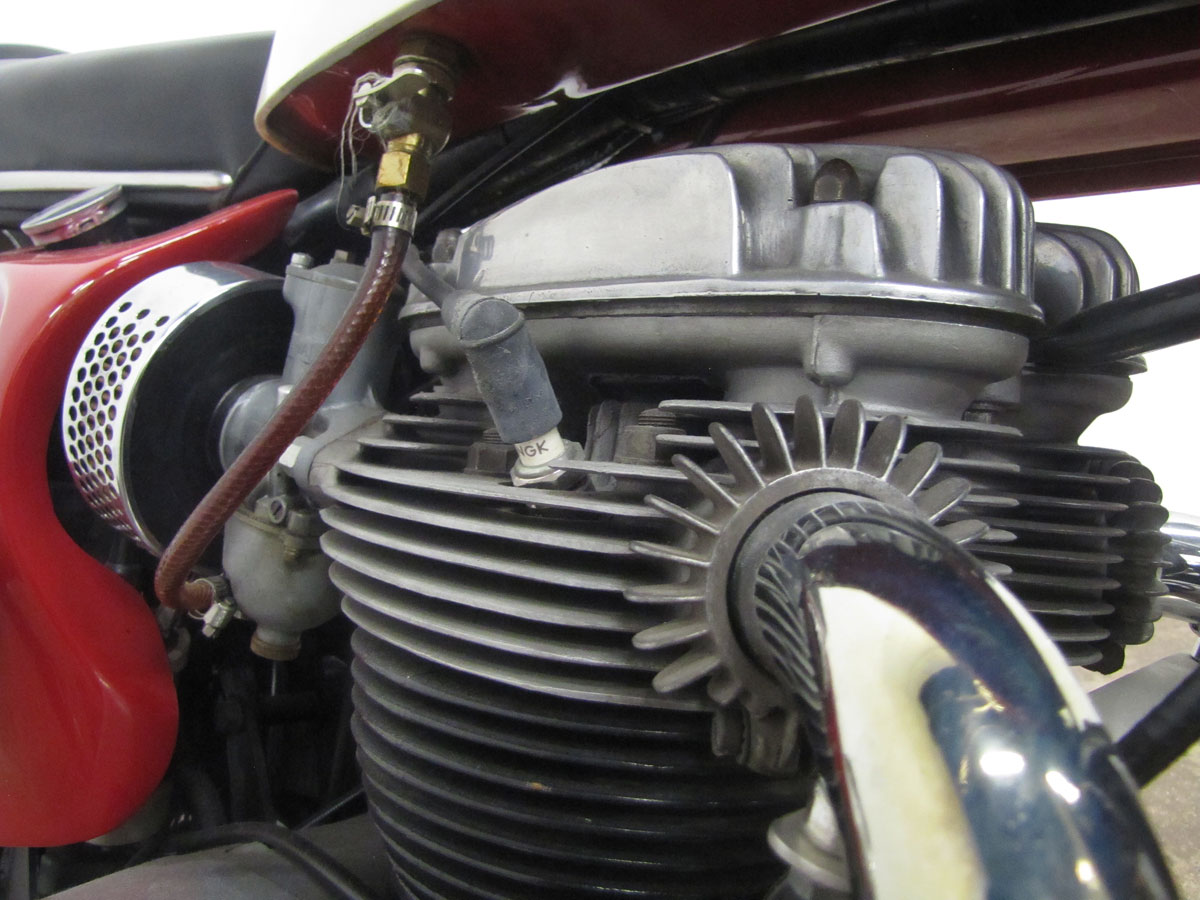
Nice write-up on the BSA Spitfire.
I love BSA’s and don’t understand why they’ve never done better in the market place. They look great, sound even better, and have a great feel when ridden. I own an ORIGINAL BSA Spitfire including paint. I also own a 67 lighting which is also all original except for a repaint. I also own several other great British Motorcycles (orig 49 International Norton, 56 Ariel Sqr Four, 70 Bonneville, and a 75 Norton Commando),, But the BSA’s are some of my favorites.
I purchased my Spitfire back in the early 80’s from the original owner. I probably only put a couple hundred miles on it since I purchased it; and looks fantastic.
Thanks for the write-up.
Gene, Minnesota
The 1969 BSA Lightning and the 1973 BSA Rocket III are to me the most beautiful looking motorcycles ever built .And the performance and handling is still something to be reckond with .
I agree that 1967 was the peak for BSA and Triumph (and Jaguar, Austin Healey, etc.). The Spitfire is a beautiful bike – but doesn’t this “67” have the DLS front brake form 1968 on? If it was mine, I’d put one on, too – the SLS version was a horrible stopper.
I purchased a new 1968 Spitfire MK IV Special when I returned from Vietnam. It had Boranni aluminum wheels on it; I wish that I had never sold it; I loved that motorcycle. I also agree that this bike featured has the 1968 front brake on it.
We’re a bunch of volunteers and starting a new
scheme in our community. Your website provided us with useful info to
work on. You have performed a formidable aftivity andd our entire group will be
grateful to you.
Loved my Mark 111 Spitfire Special.
I owned a Spitfire MkII Special in 1967/8. It had a high lift camshaft and close ratio gearbox and no throttle stops which was a bit tricky driving in towns. 50 mph in first gear, 80 mph in second, Achieving top speed meant taking her up to 115 mph in 3rd gear before changing into top. With the gearing she’d pull 125 mph. Was necessary to change to hotter spark plugs before driving into a big city otherwise the plugs would oil up in heavy stop go traffic conditions.
Although she was a little tricky at time I loved her and had great fun. Always regretted selling.
I don’t want to be a nit picker but it may be useful with the lovely bike. The axle clamps on the Forks are on the wrong sides. They have dimples to match sides correctly as the axle sits at an angle machined into the forks, the clamps match this and they are marked to keep them on the correct sides, the dimples go together at the back.
They machined the axle holes to slope the wheel to the primary side at the top, this moves the contact patch to the timing side which aligns it with the back. So if you let go the bars it goes dead straight.
They are lovely bikes and can be tuned to be very fast.
Wrong front brake for a 67…That’s either a 68 or it’s had the front brake replaced.
Hi, the front brake is later than that as the cable run is the same as my 1970 bonneville